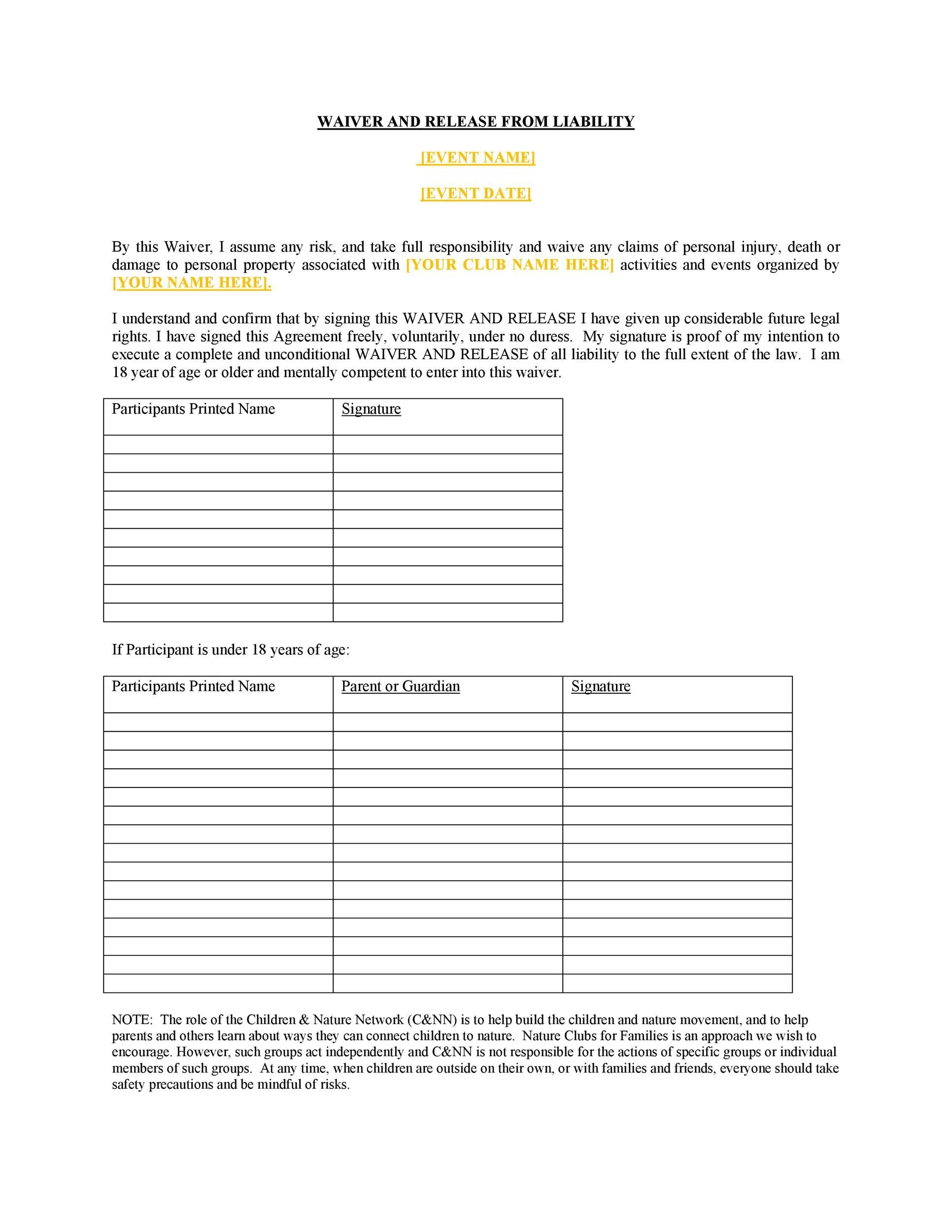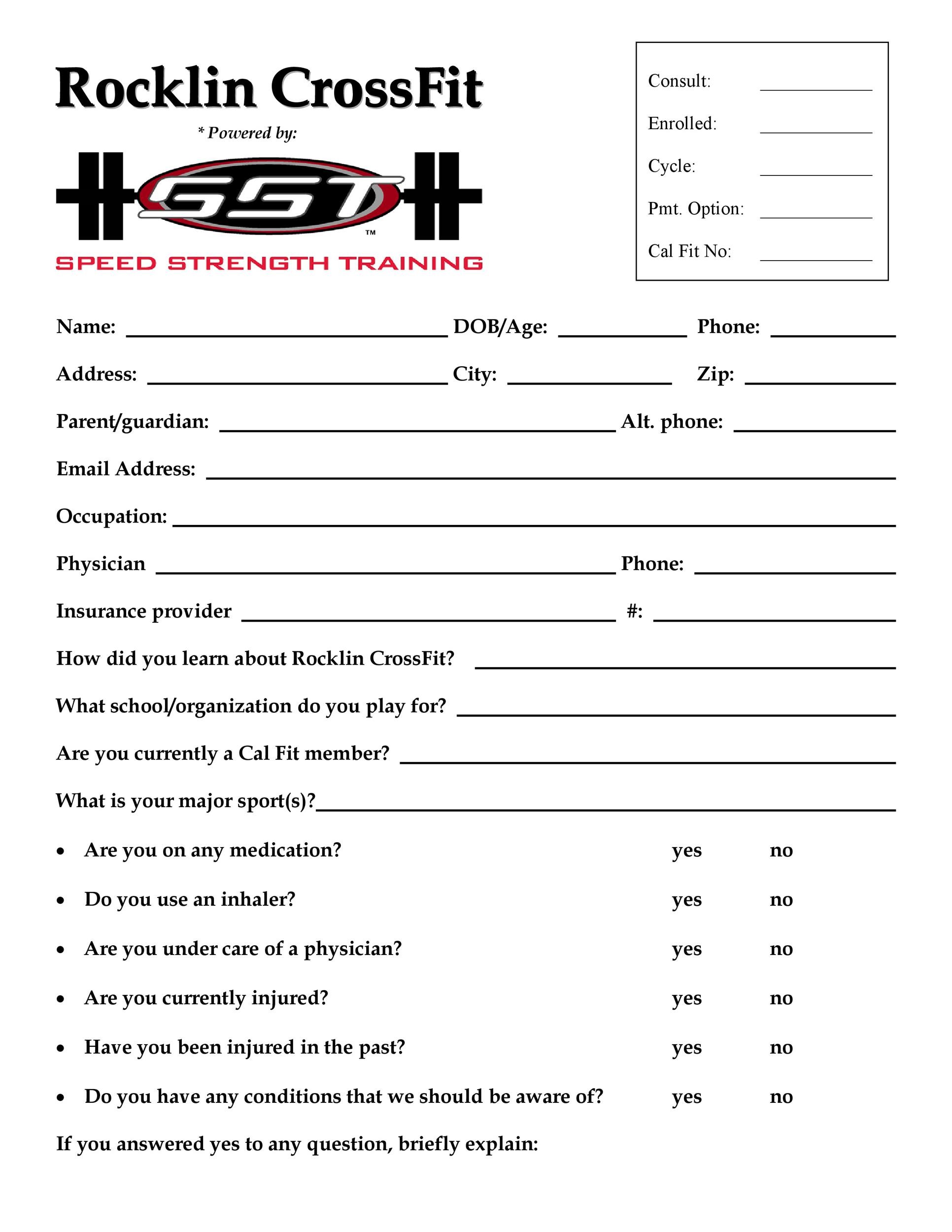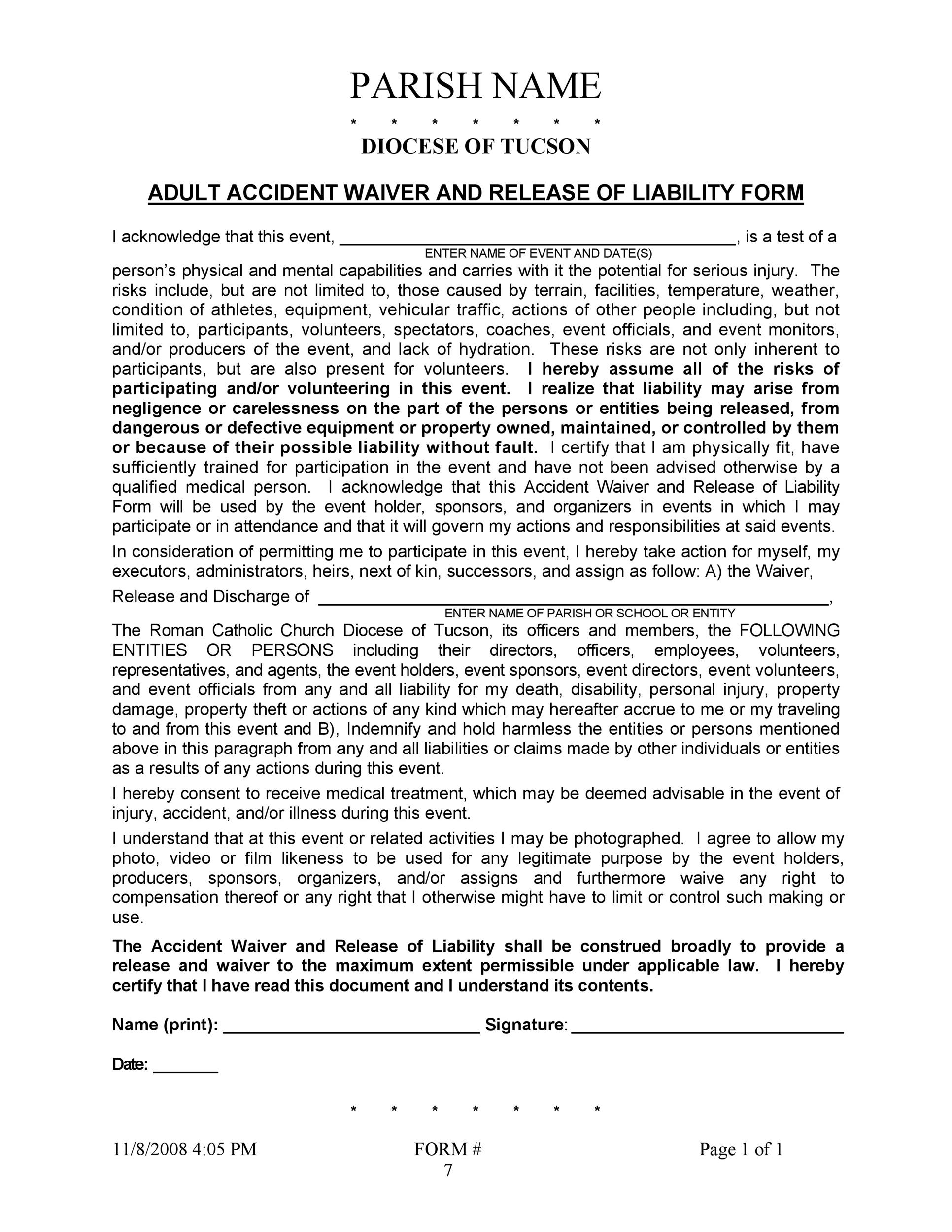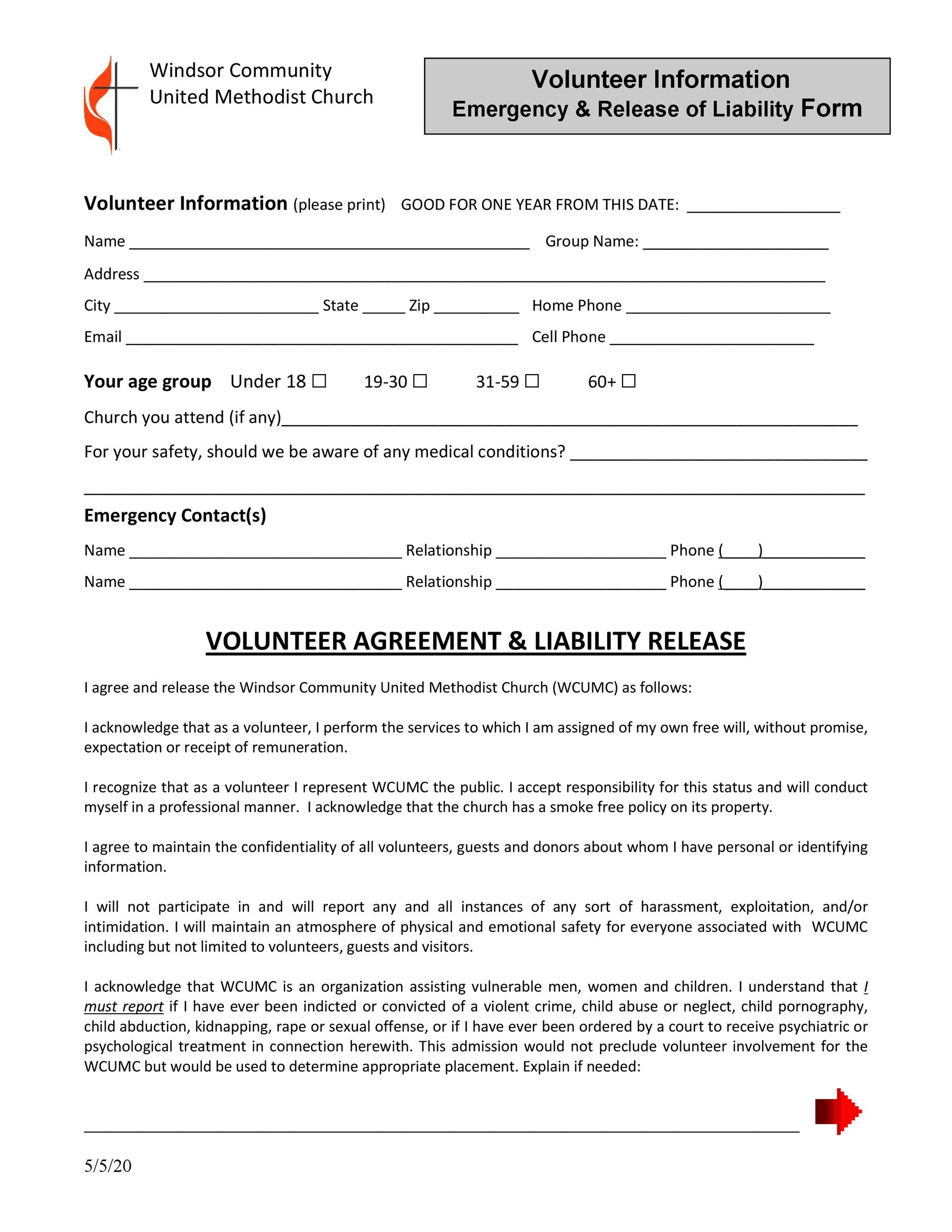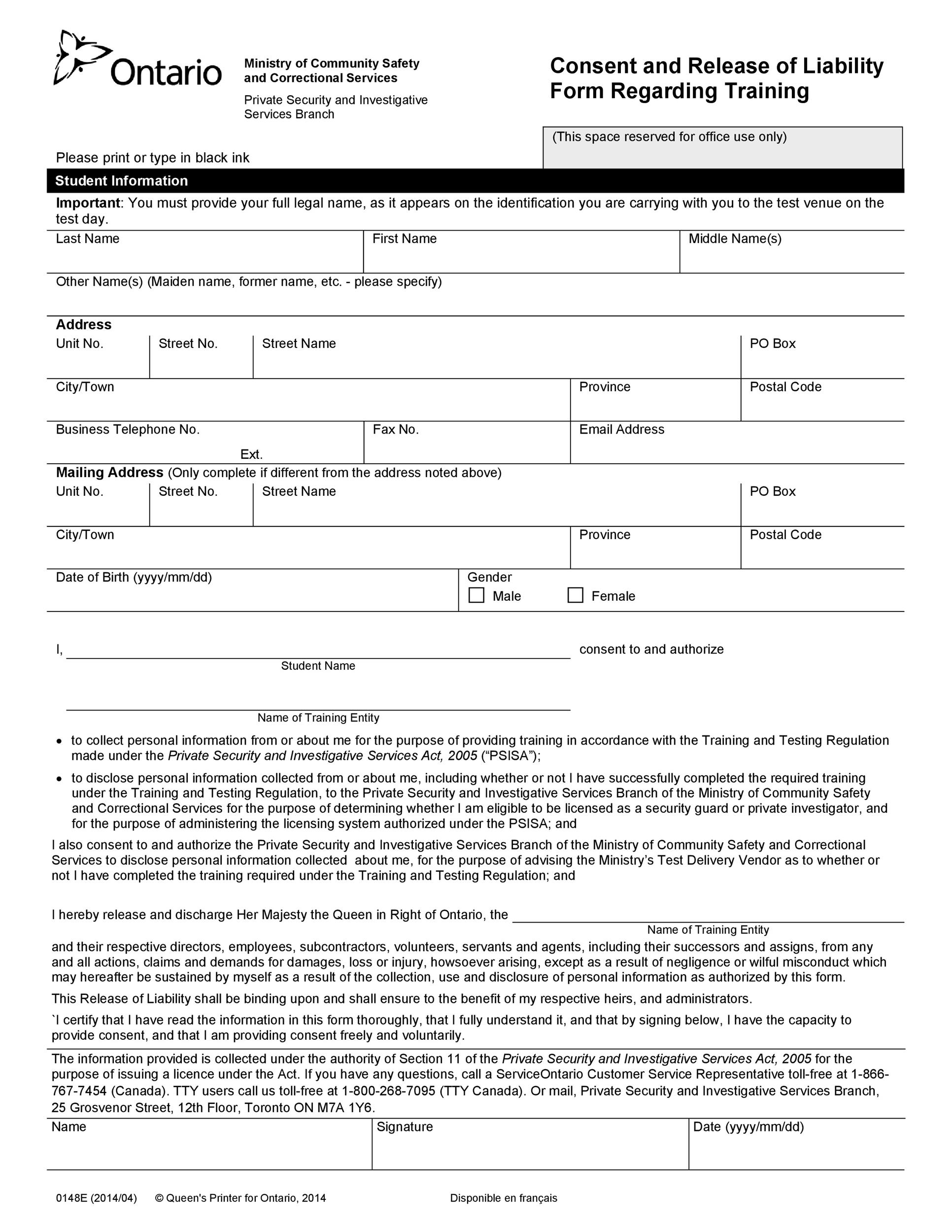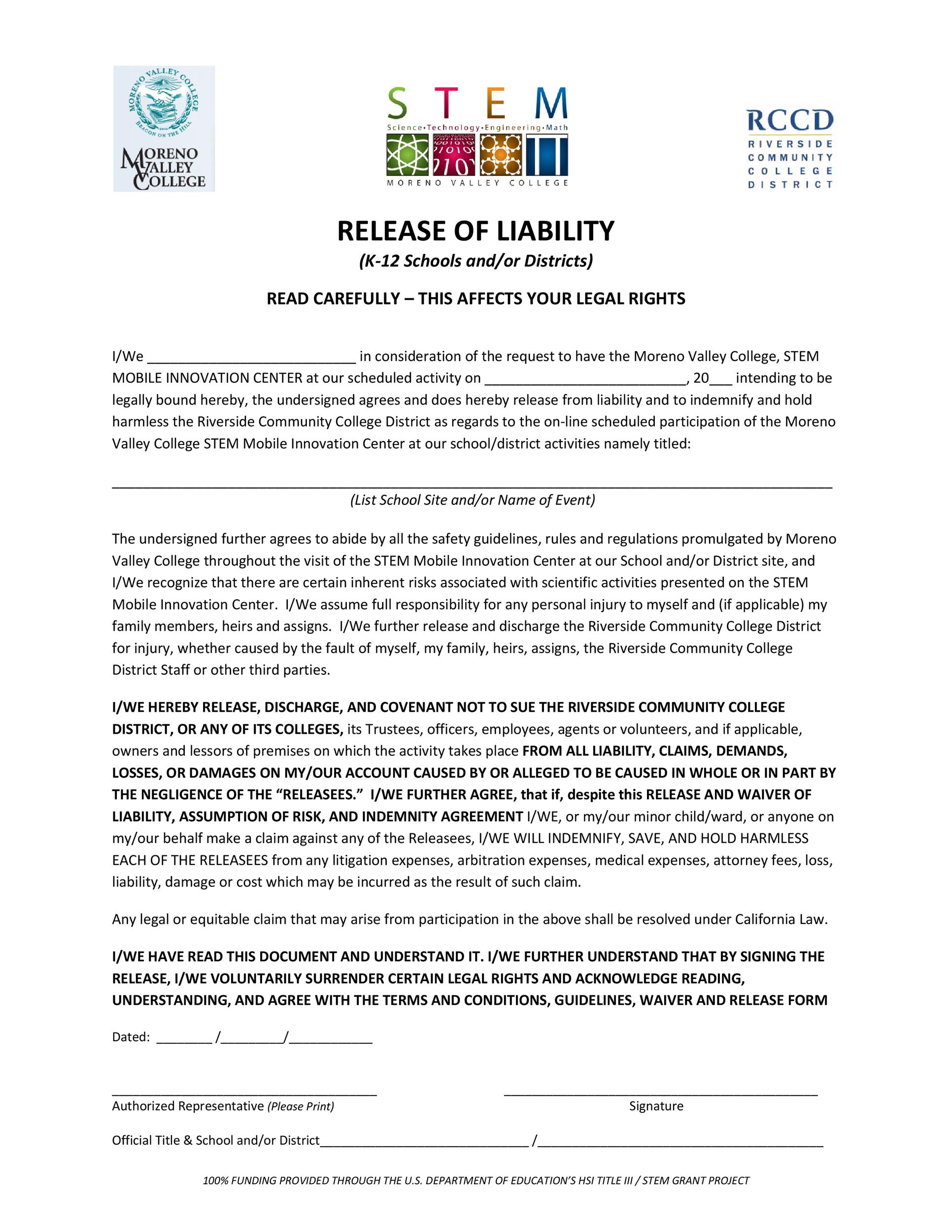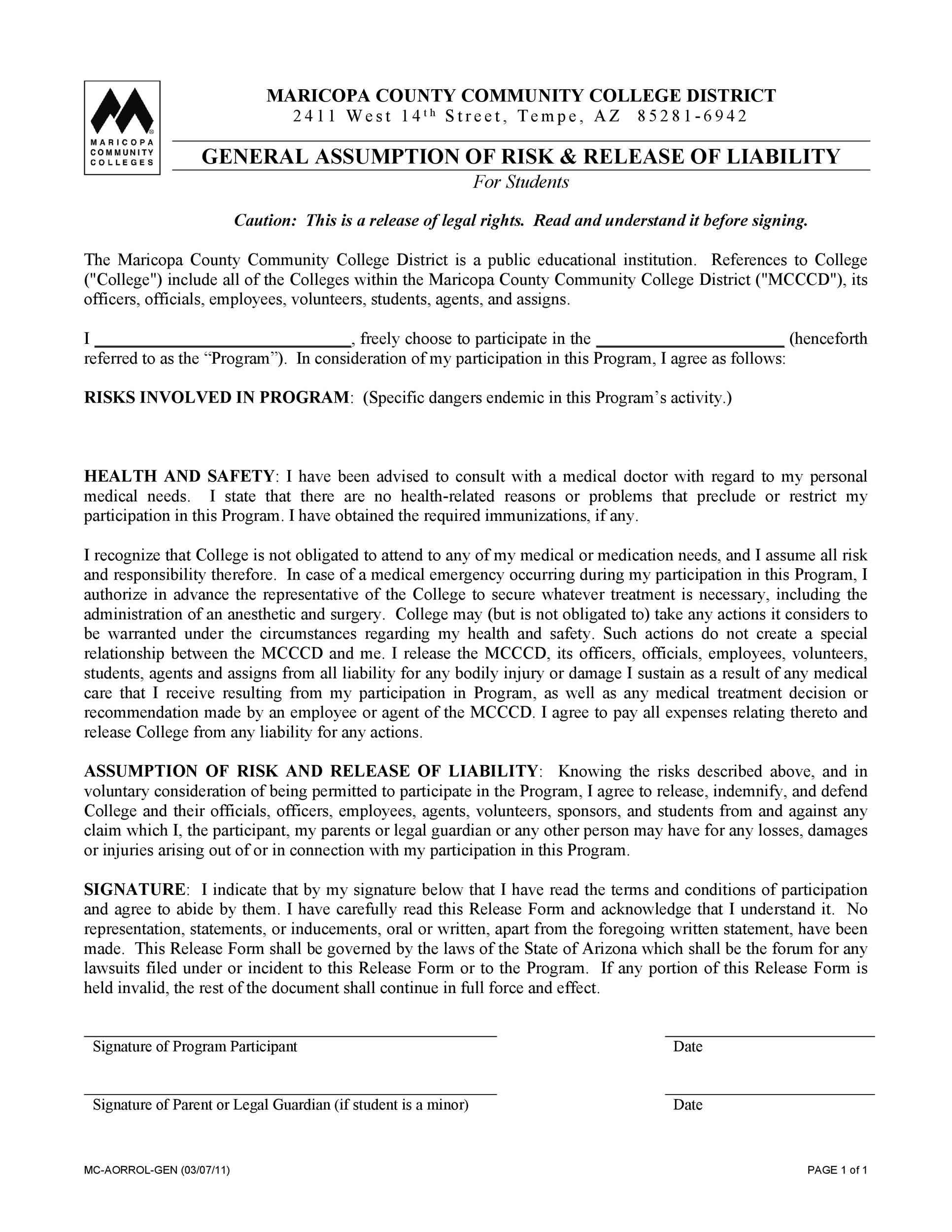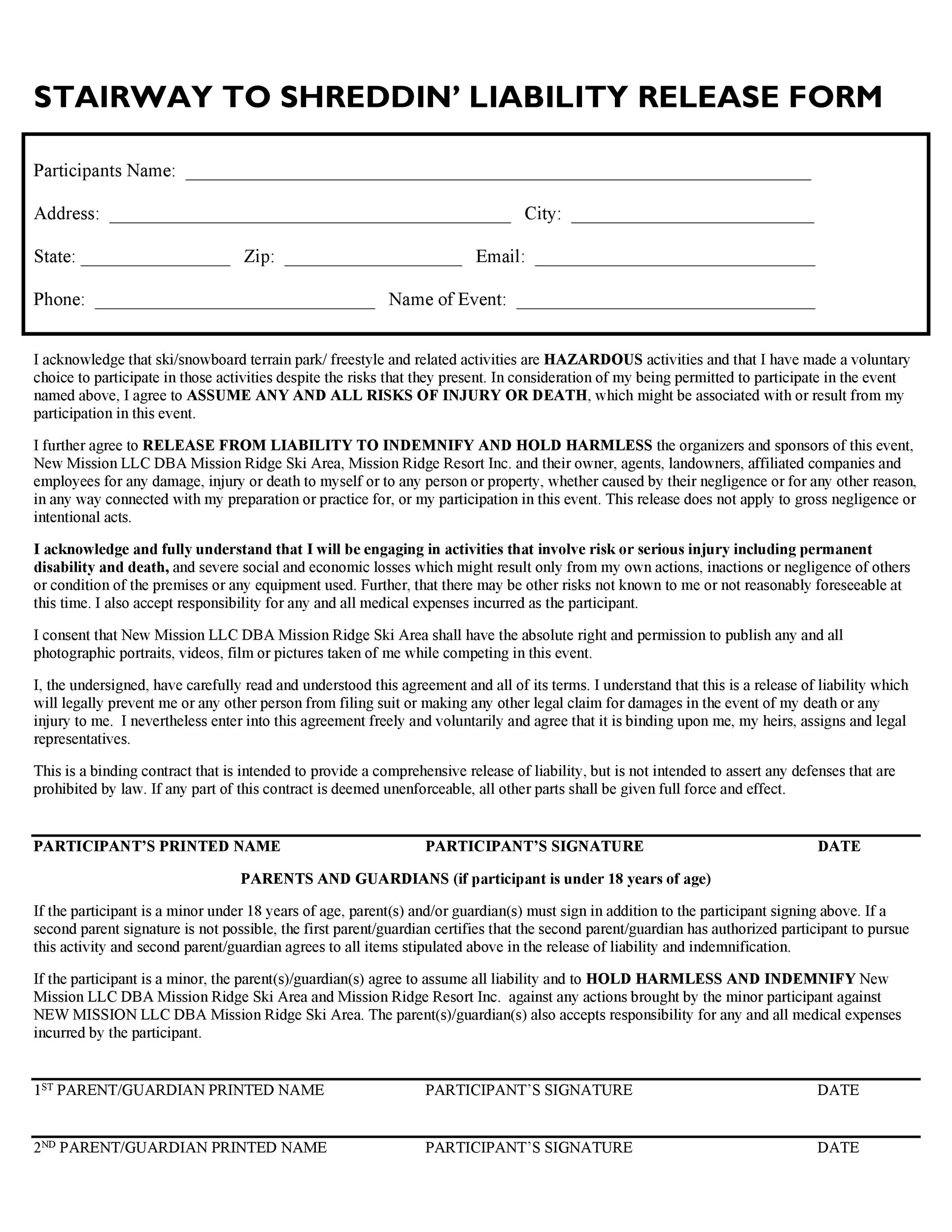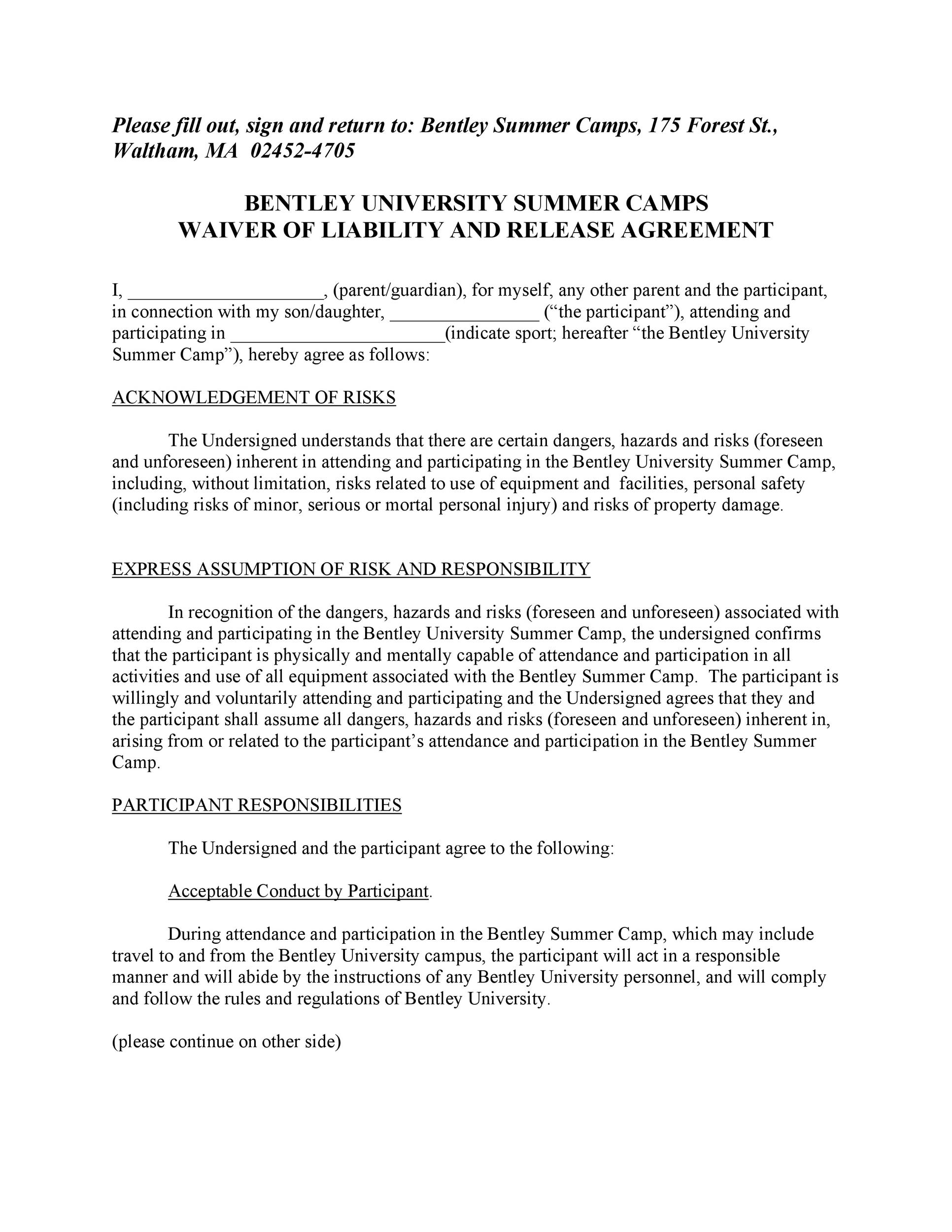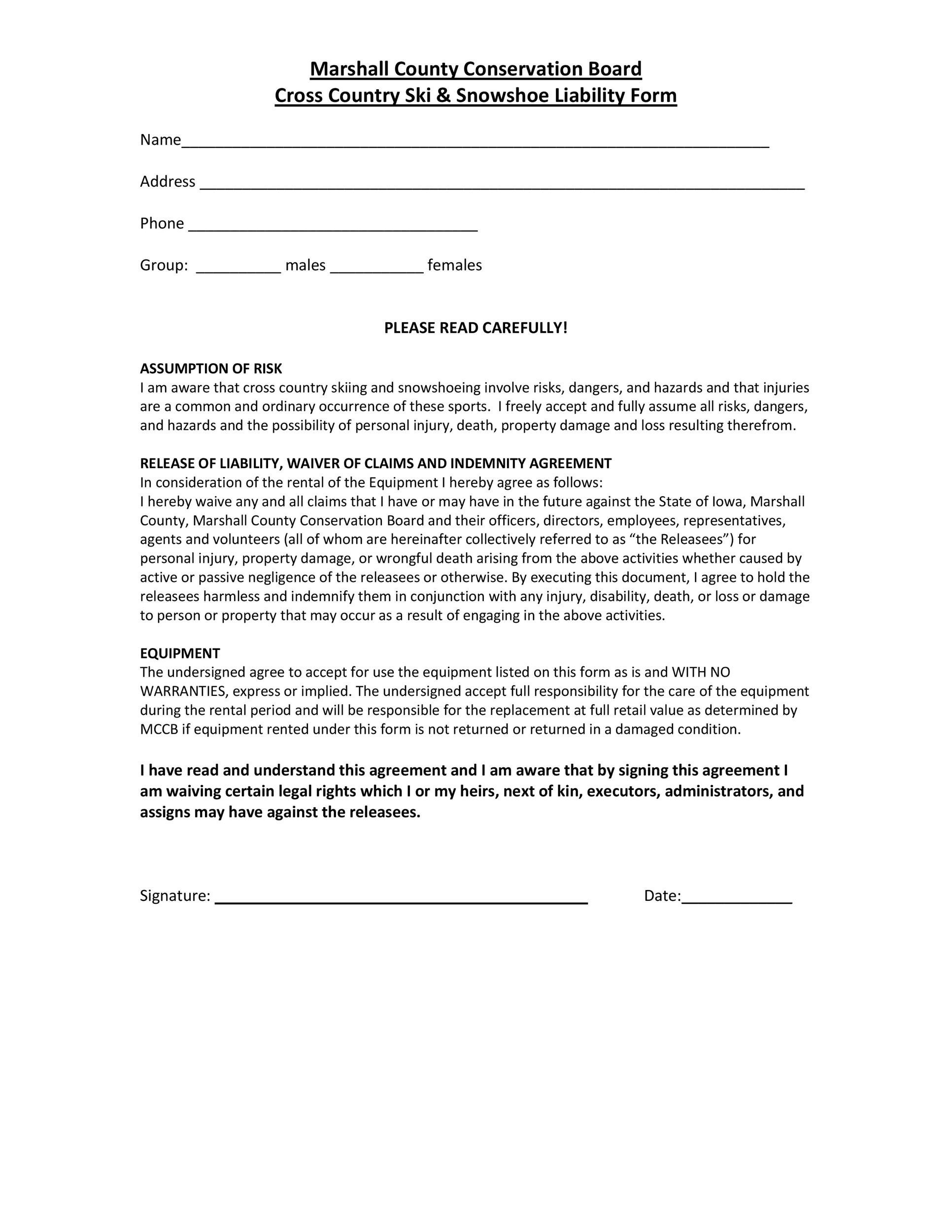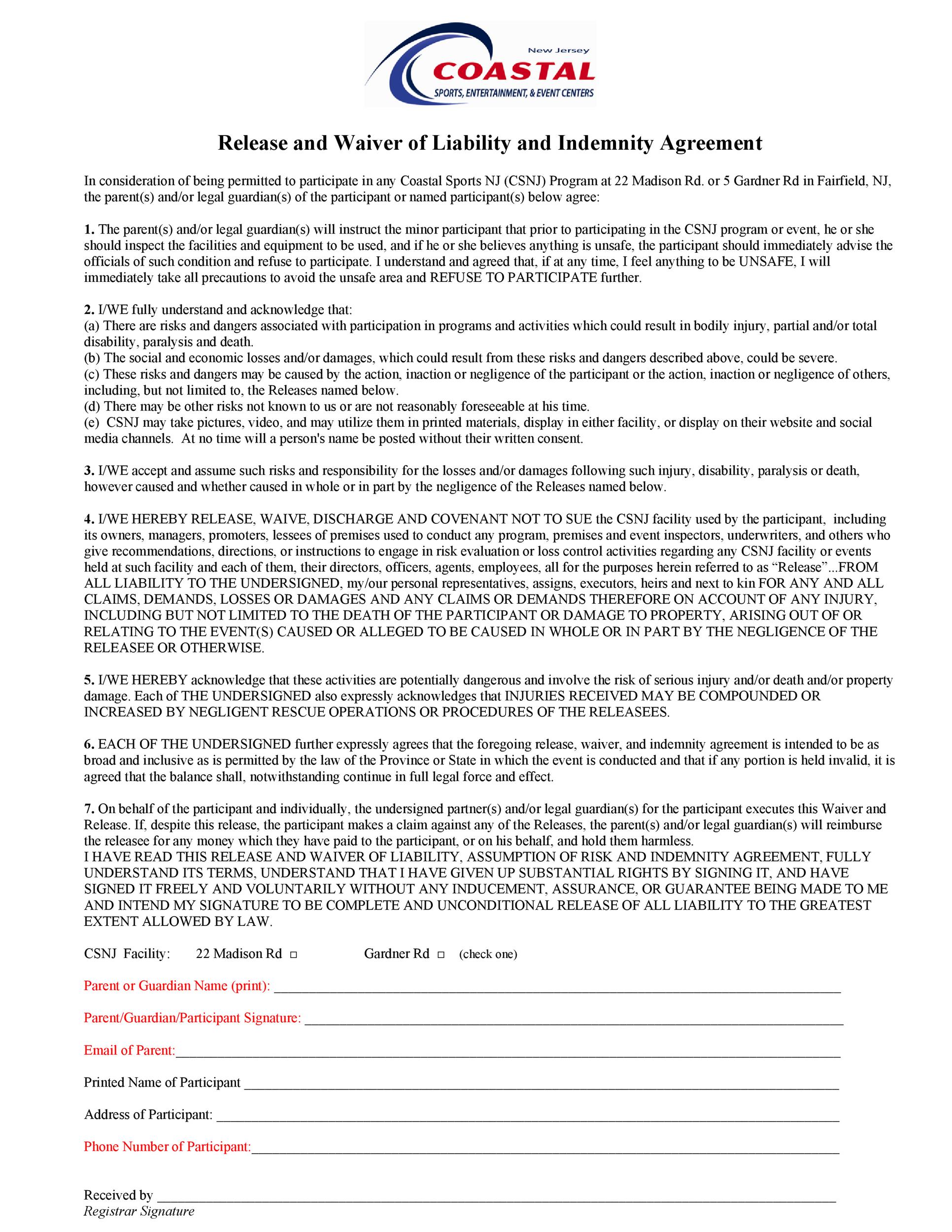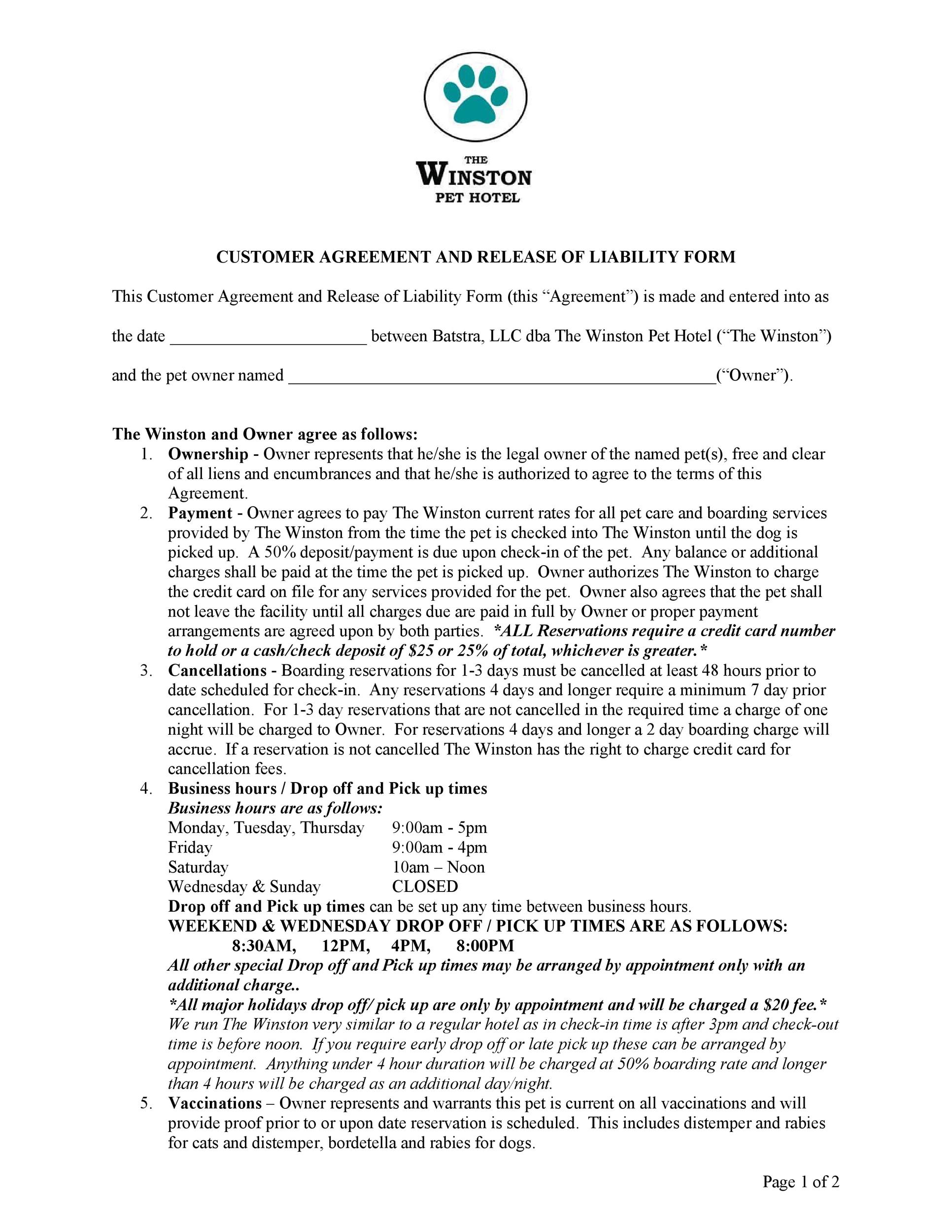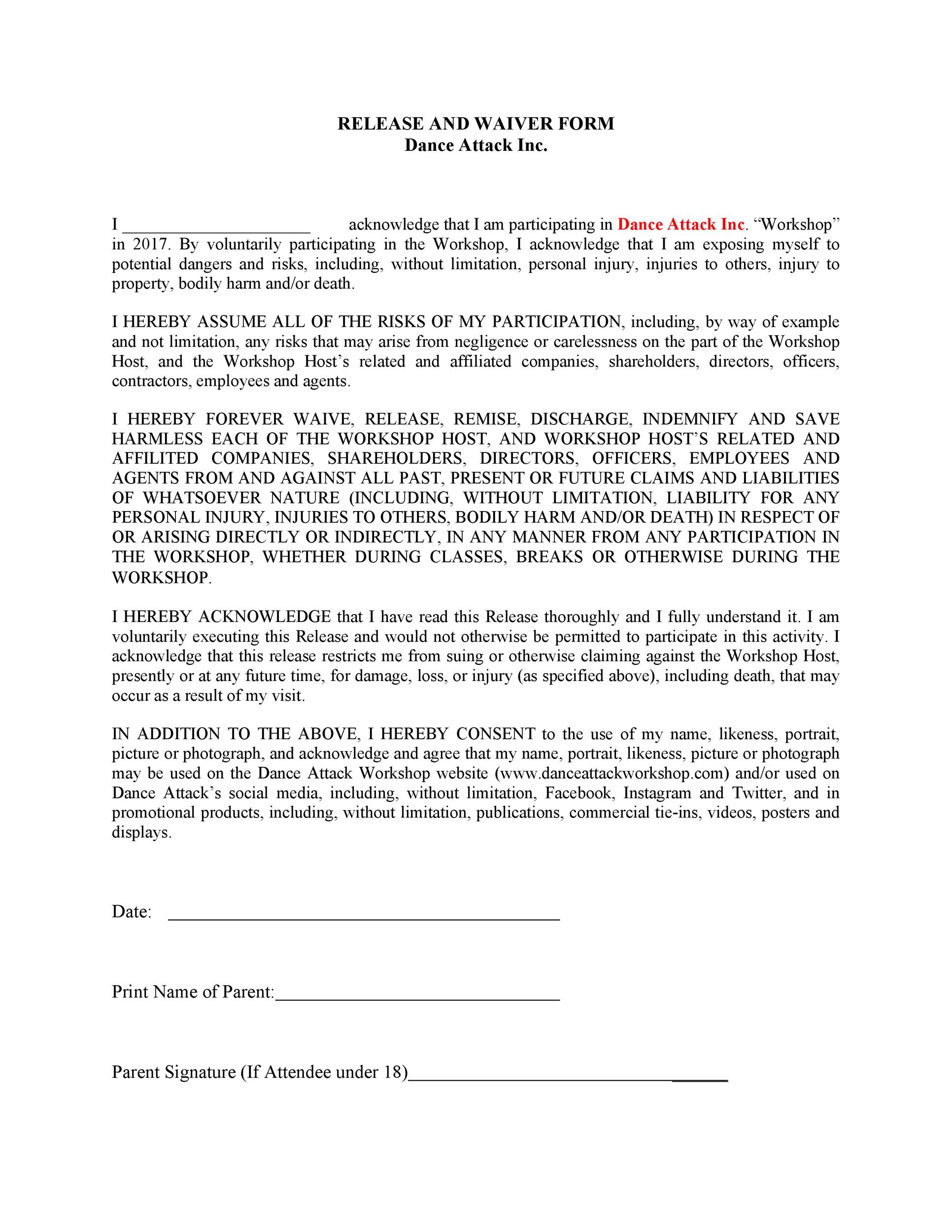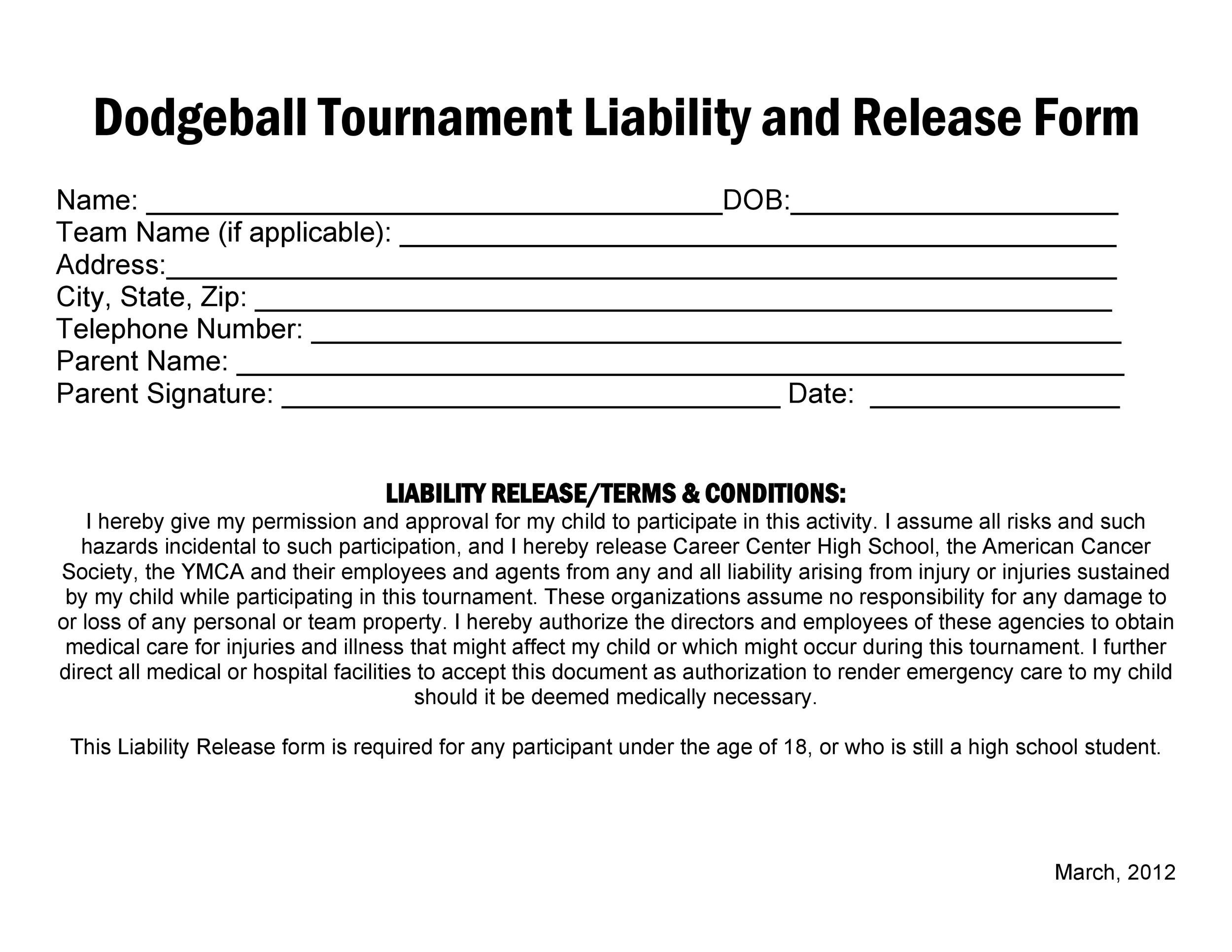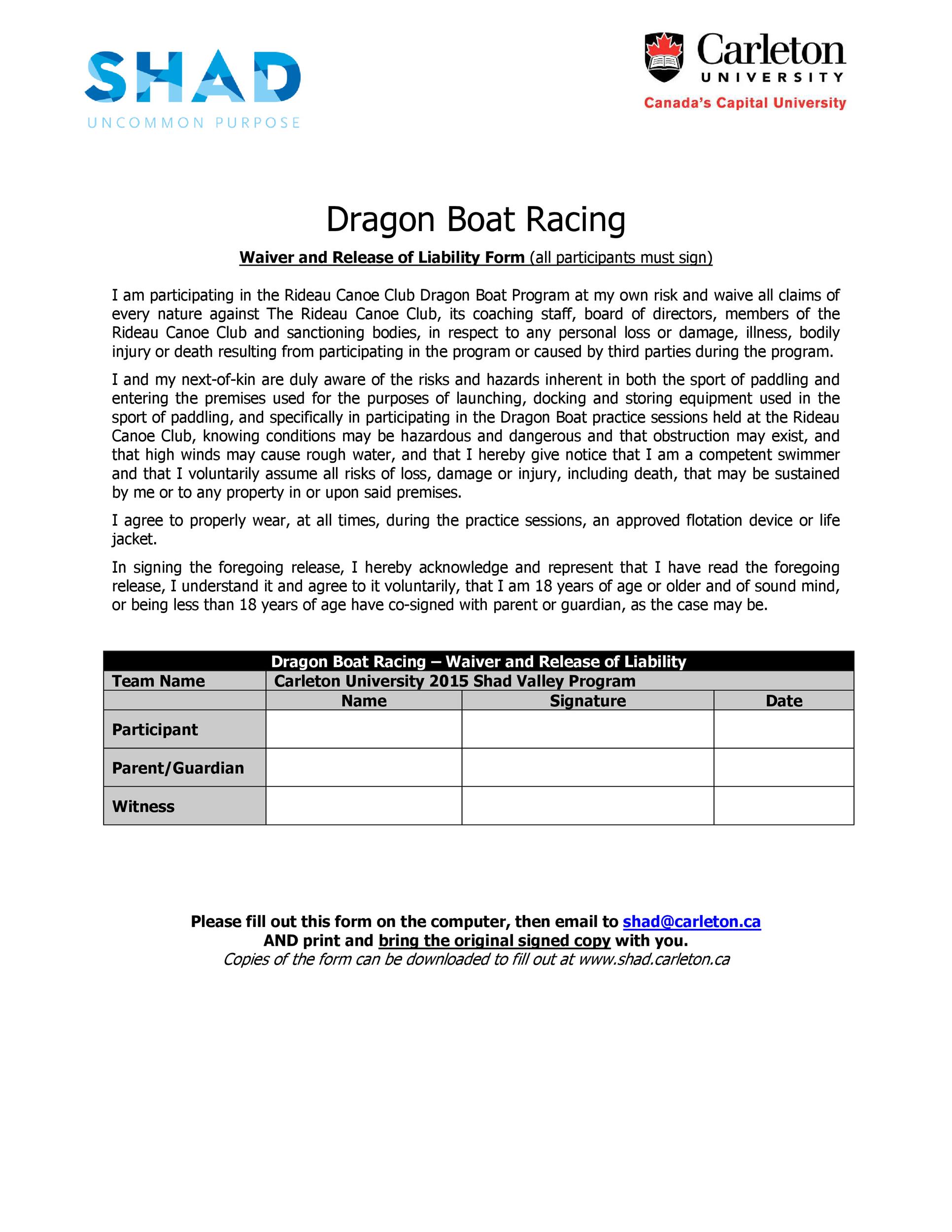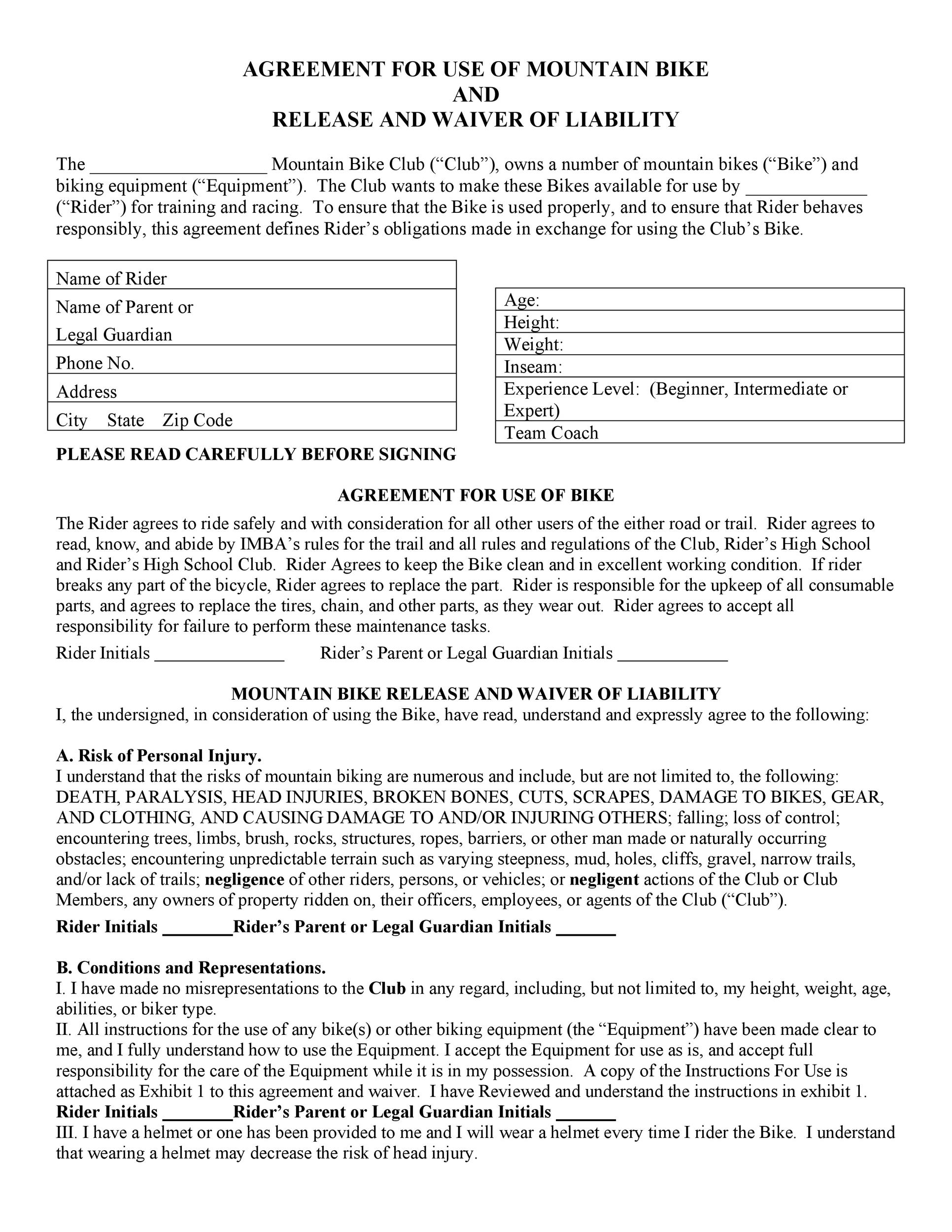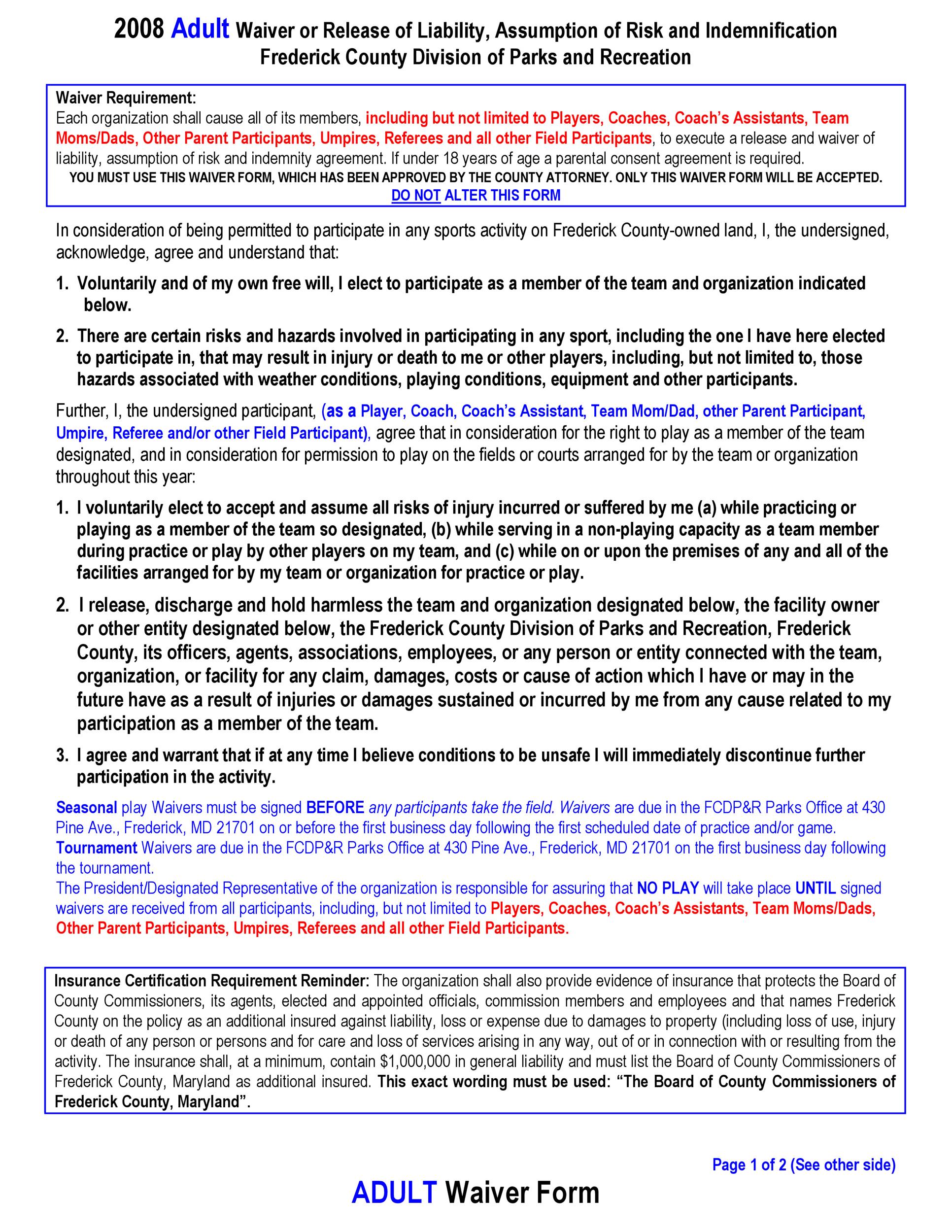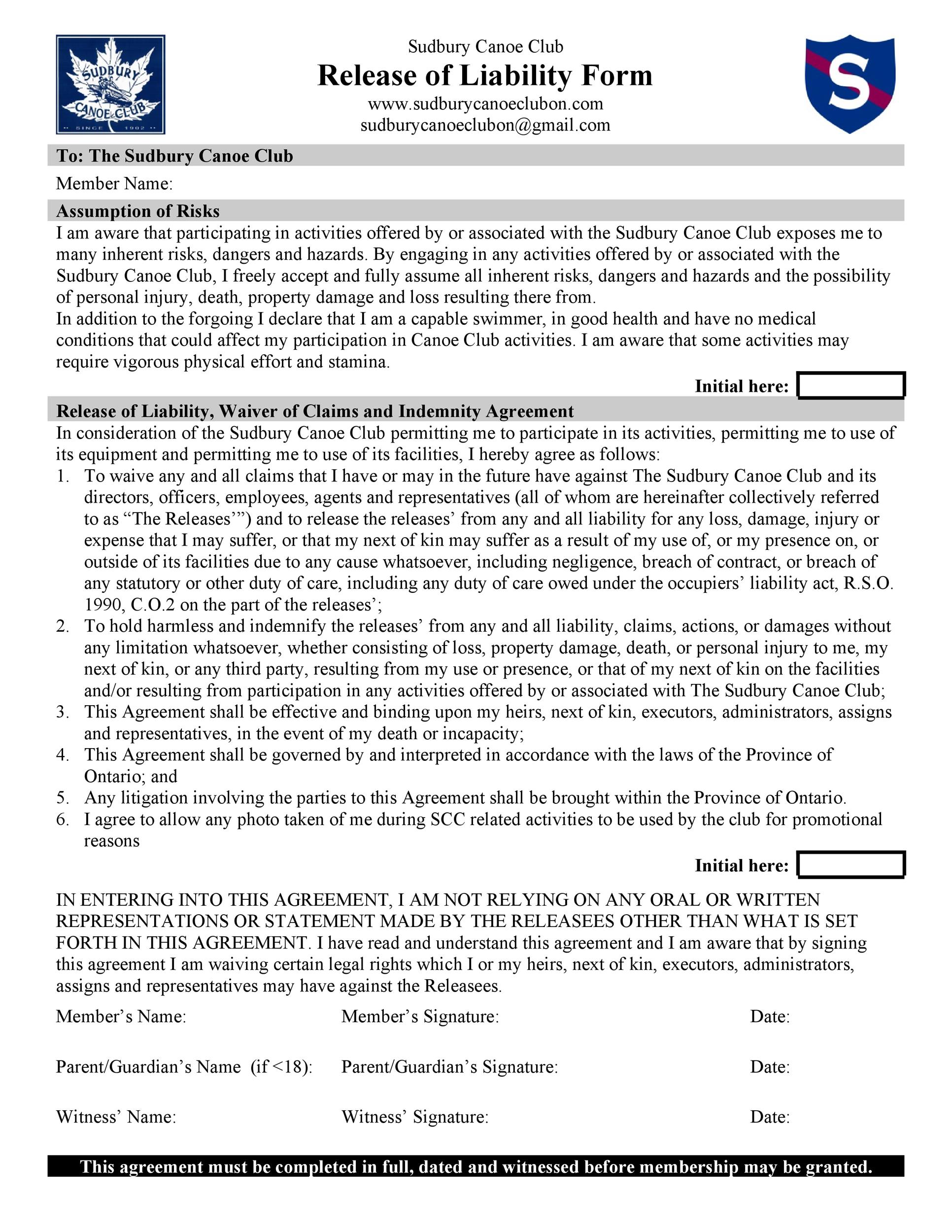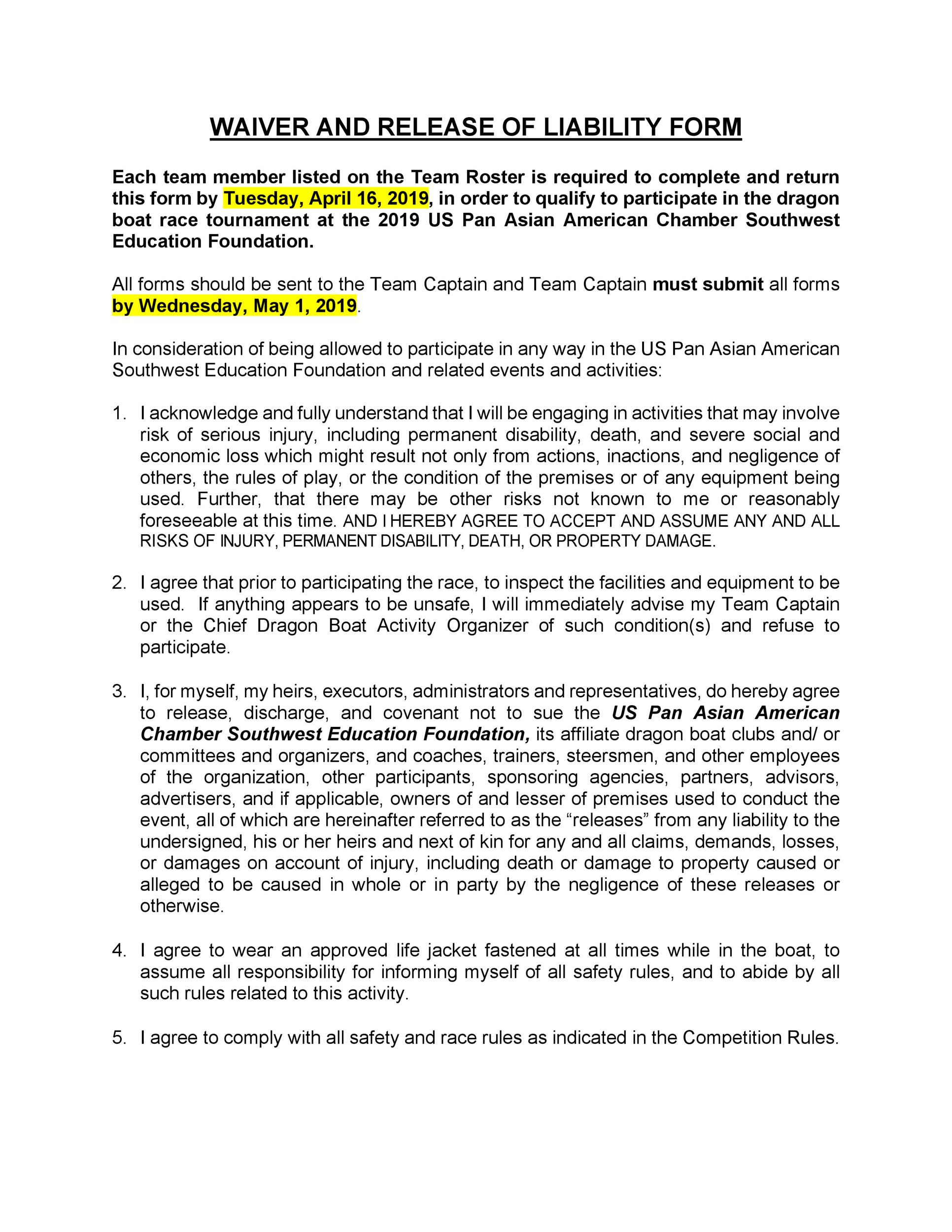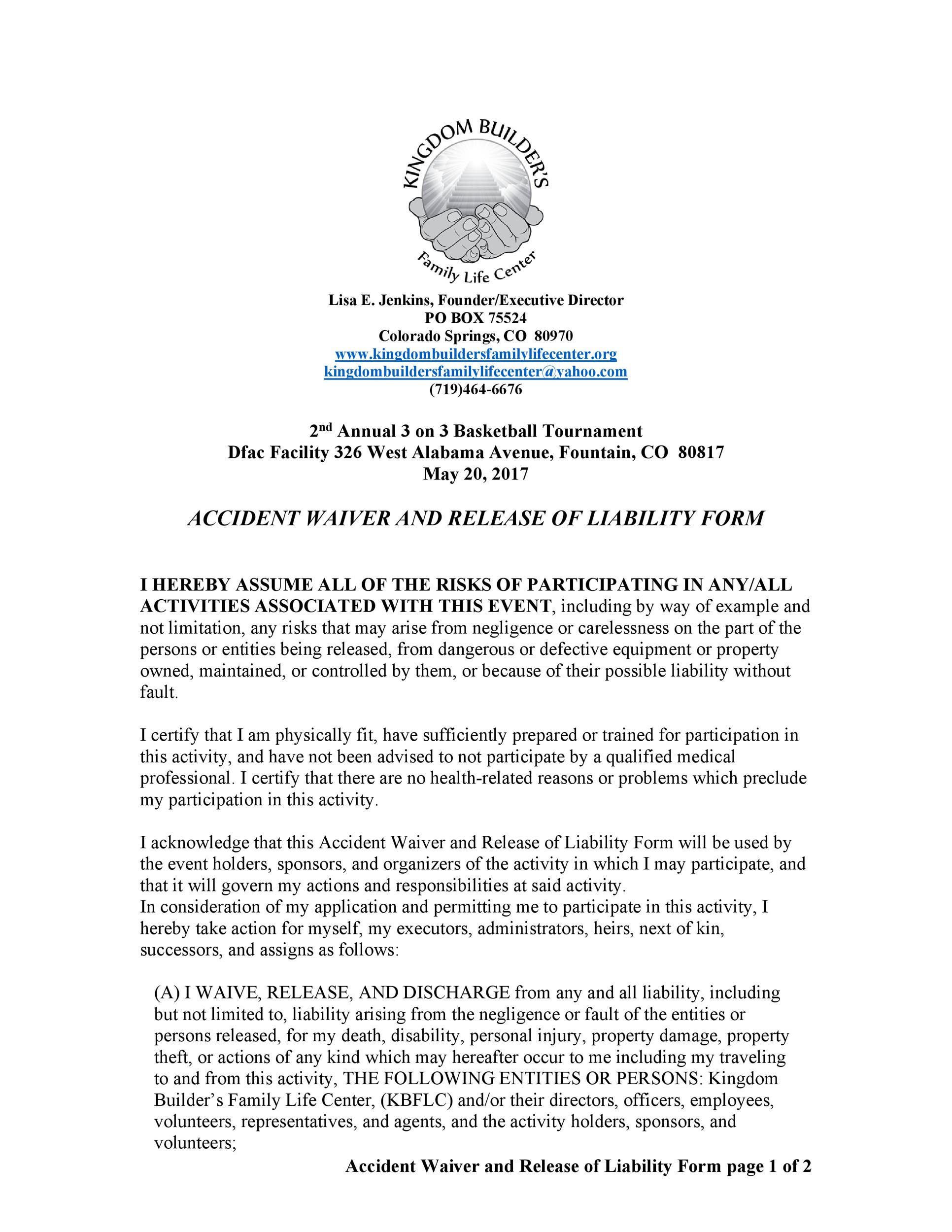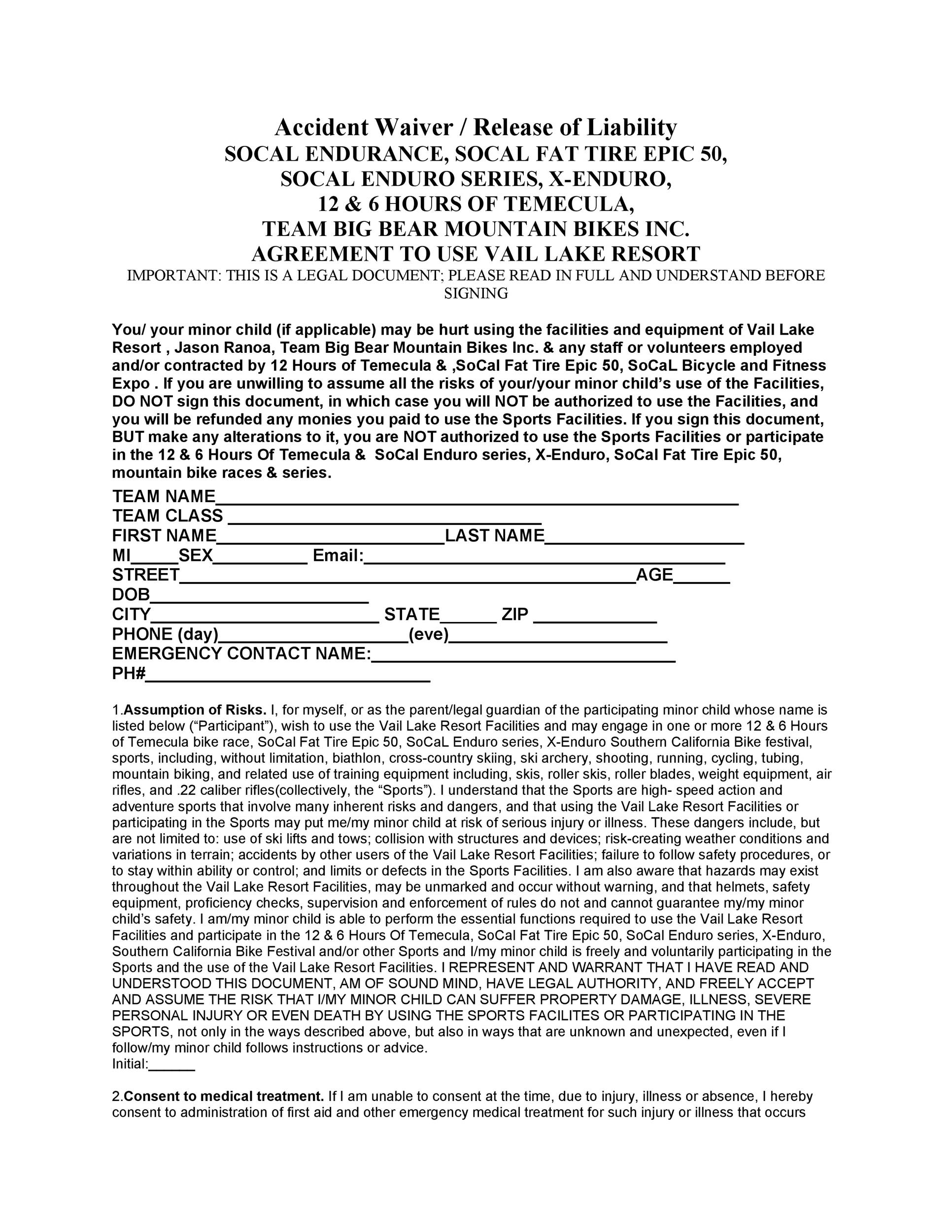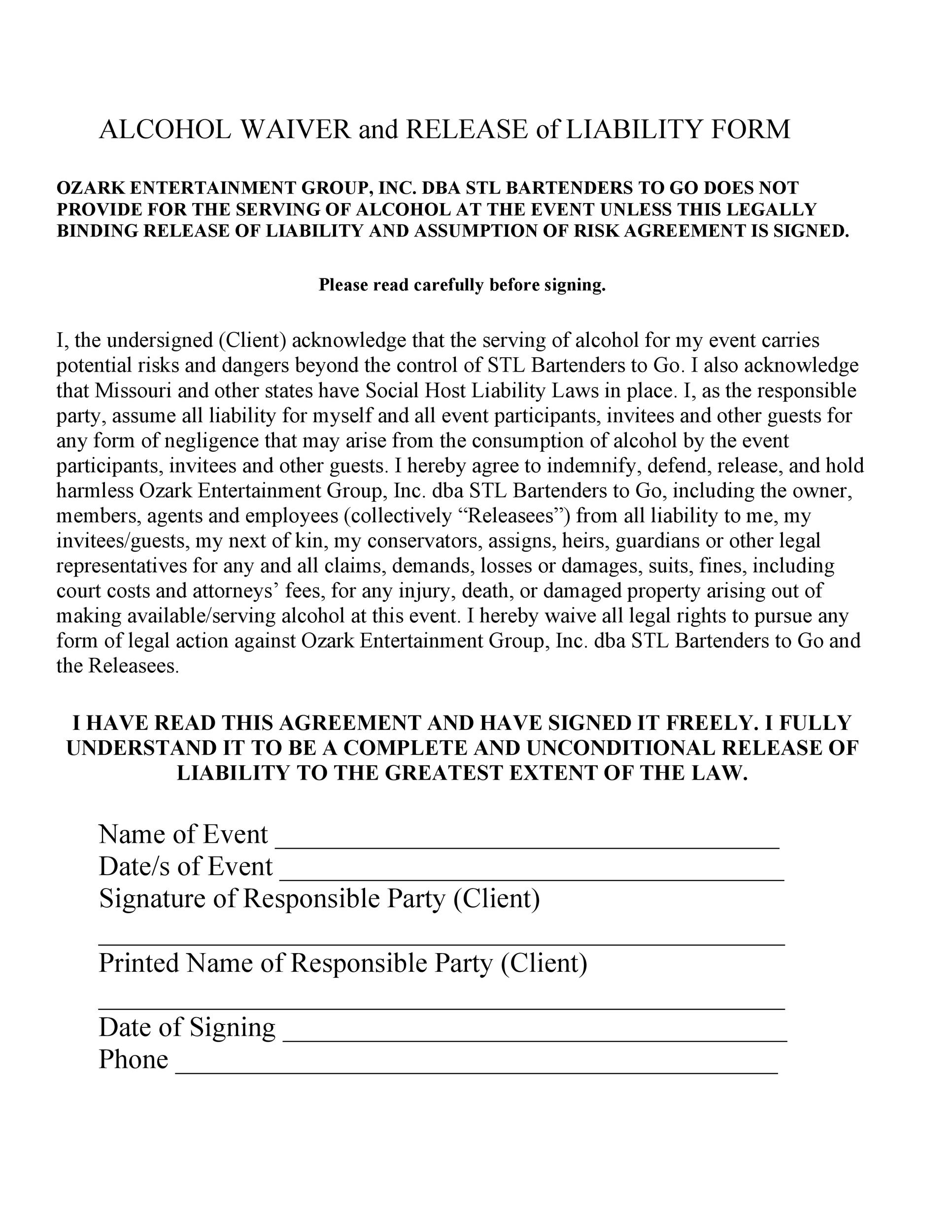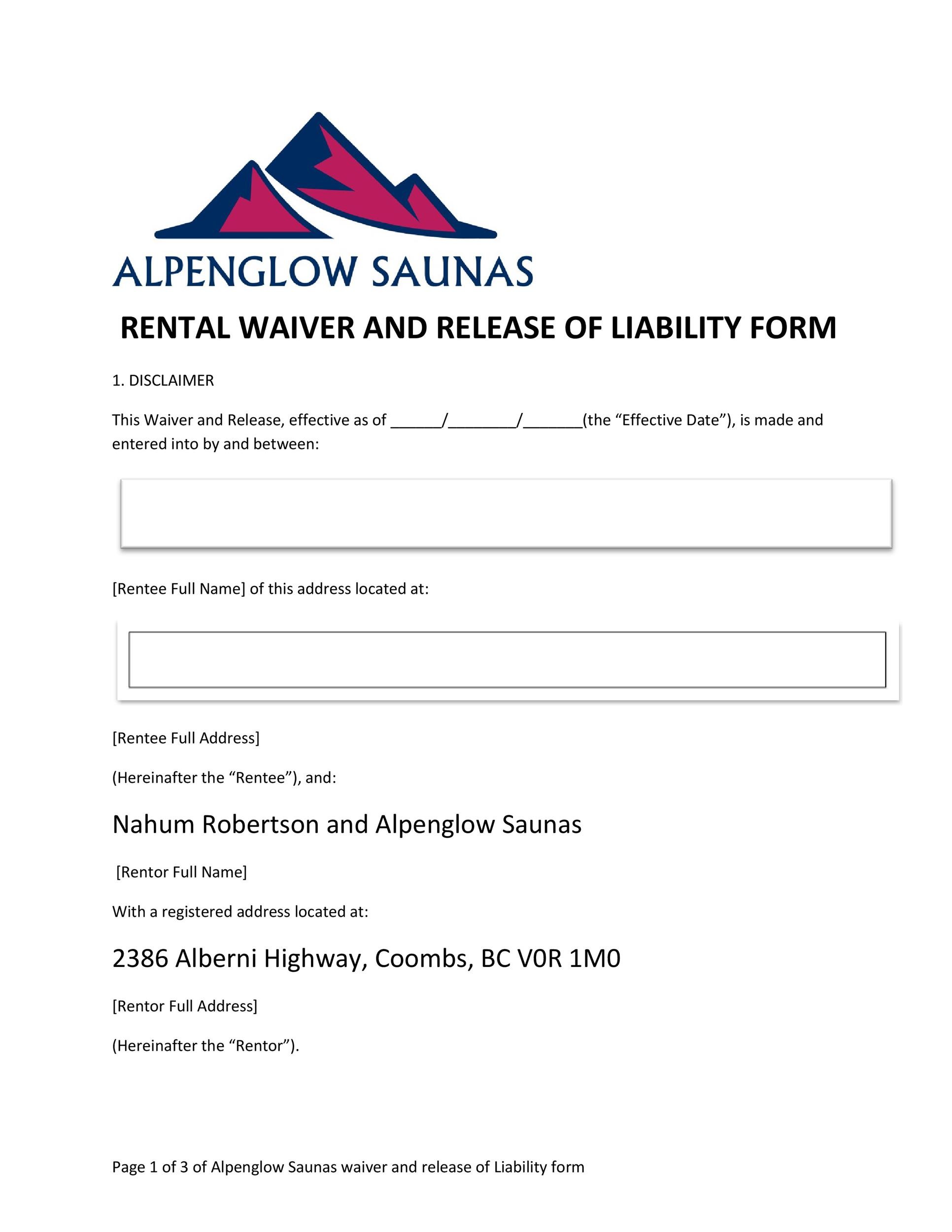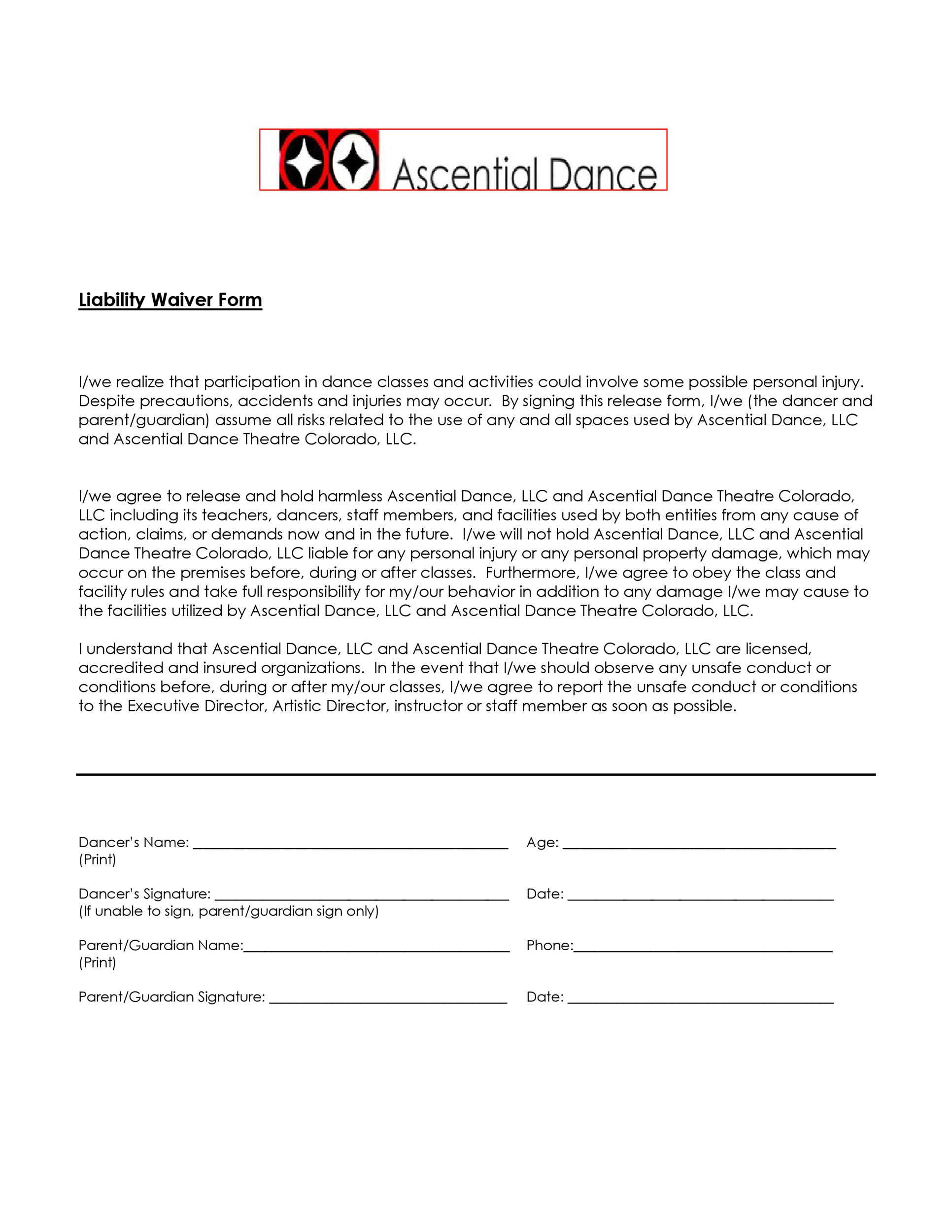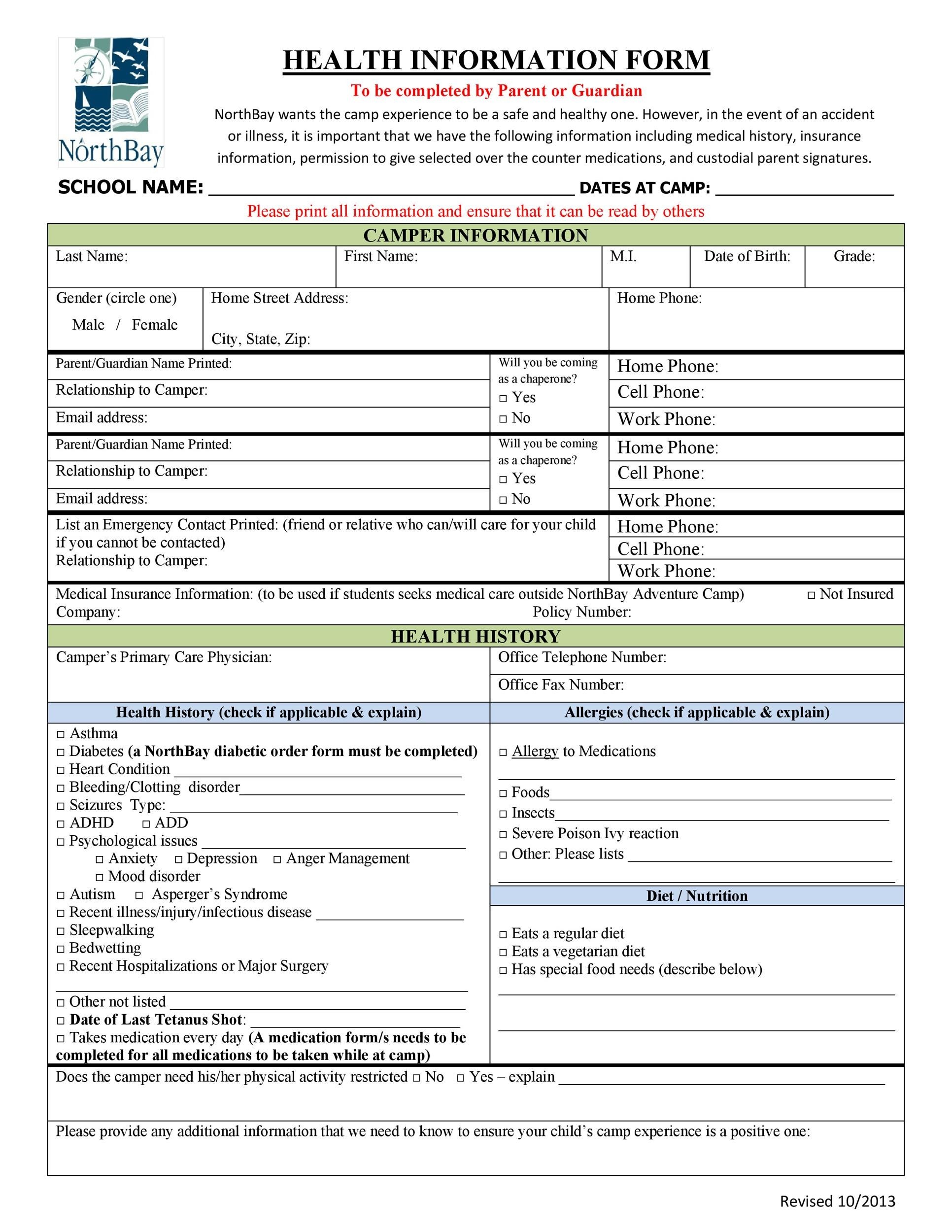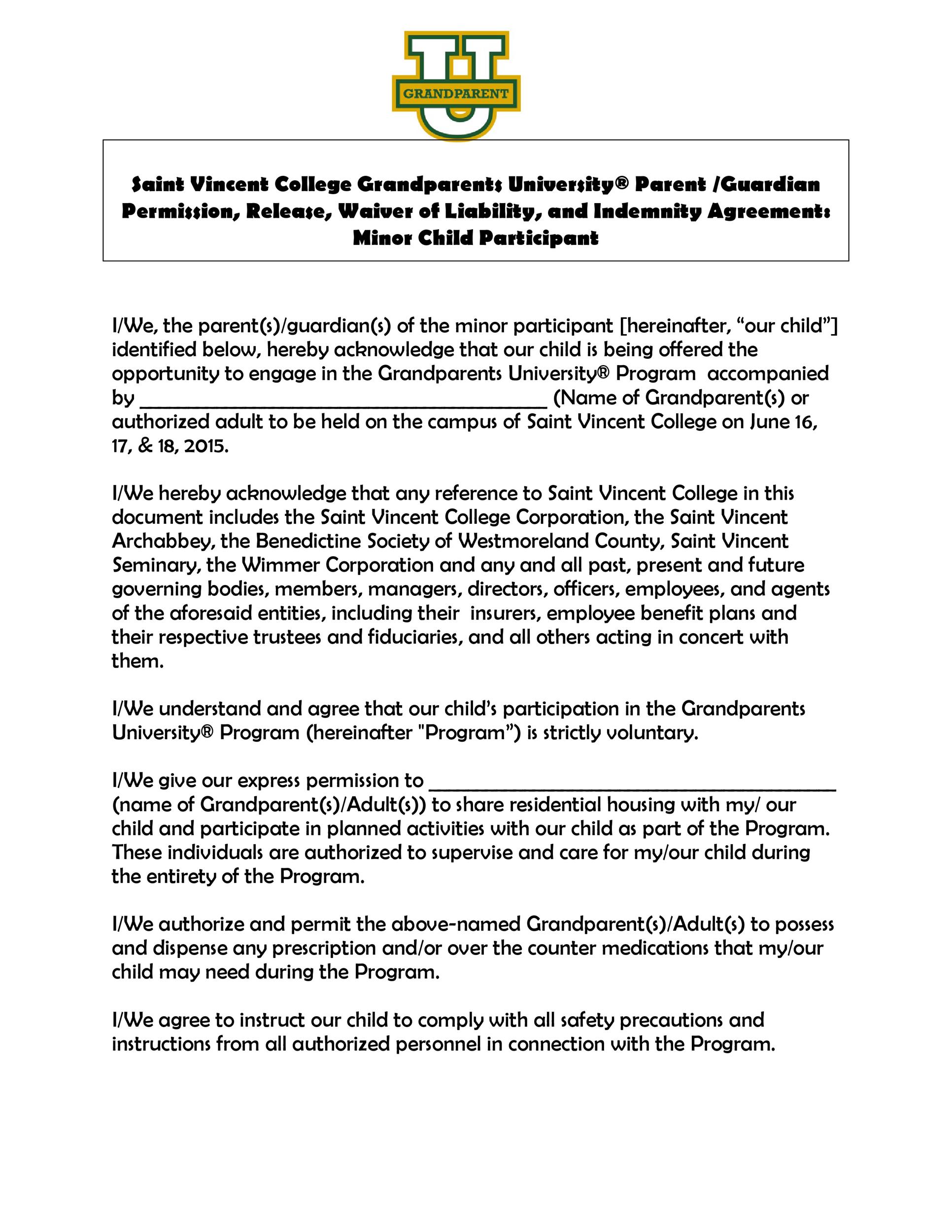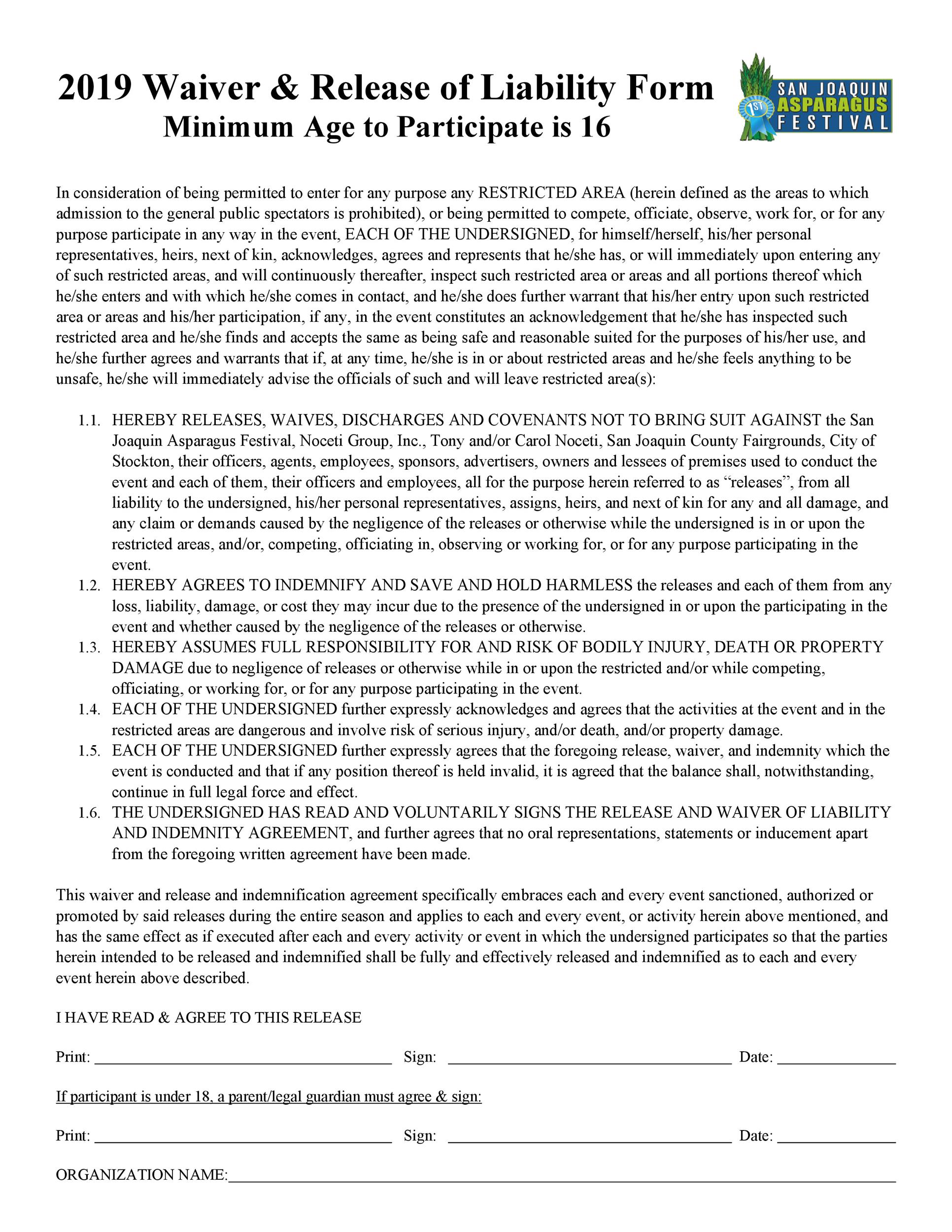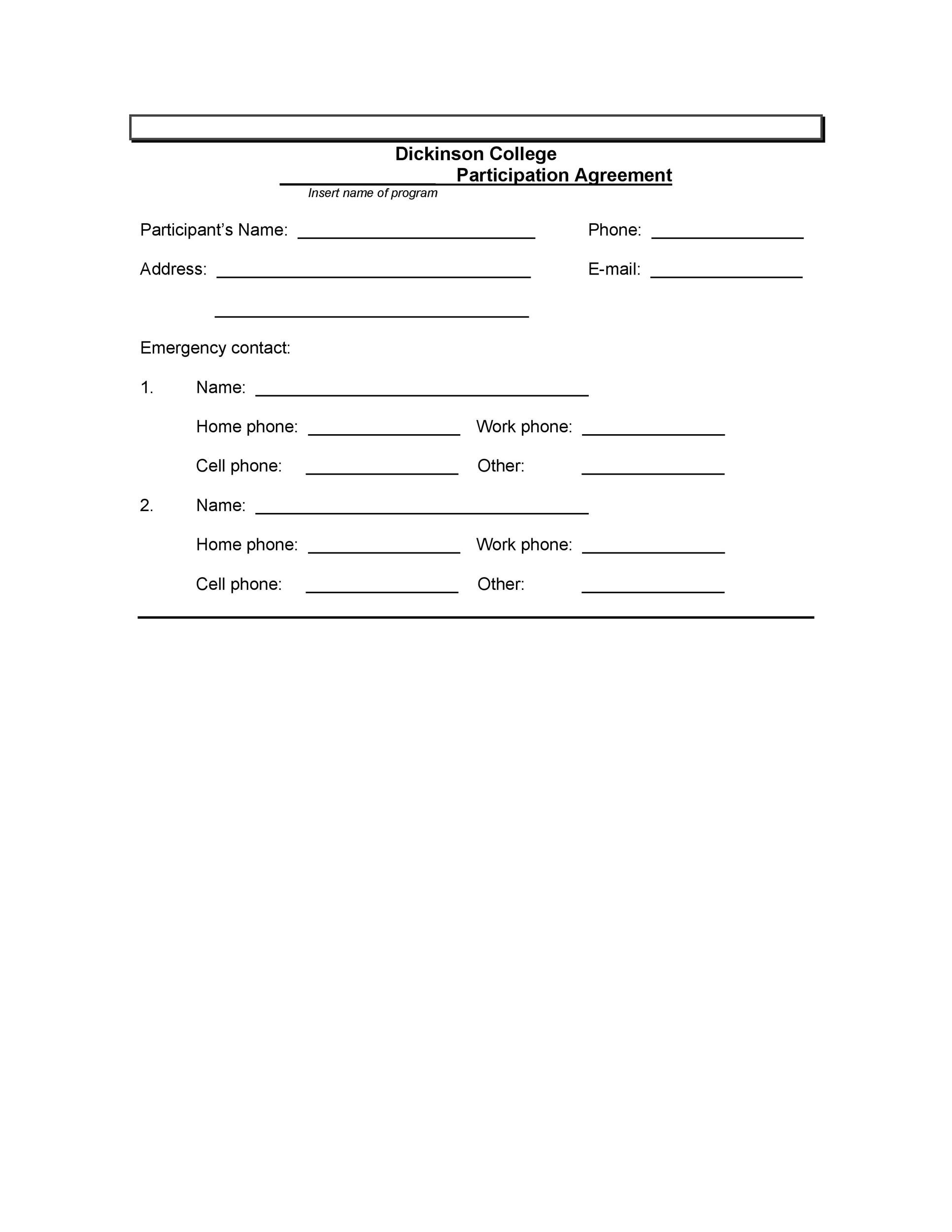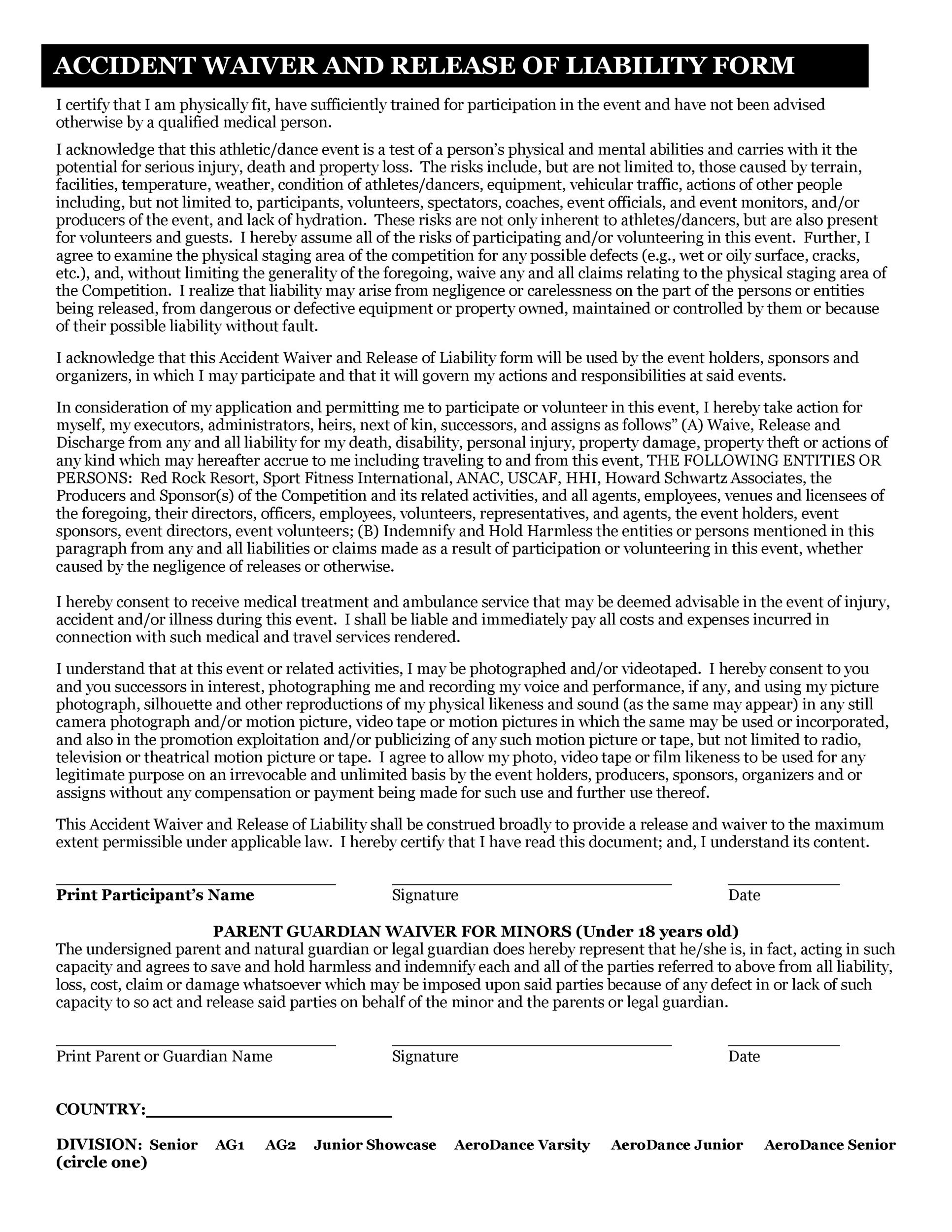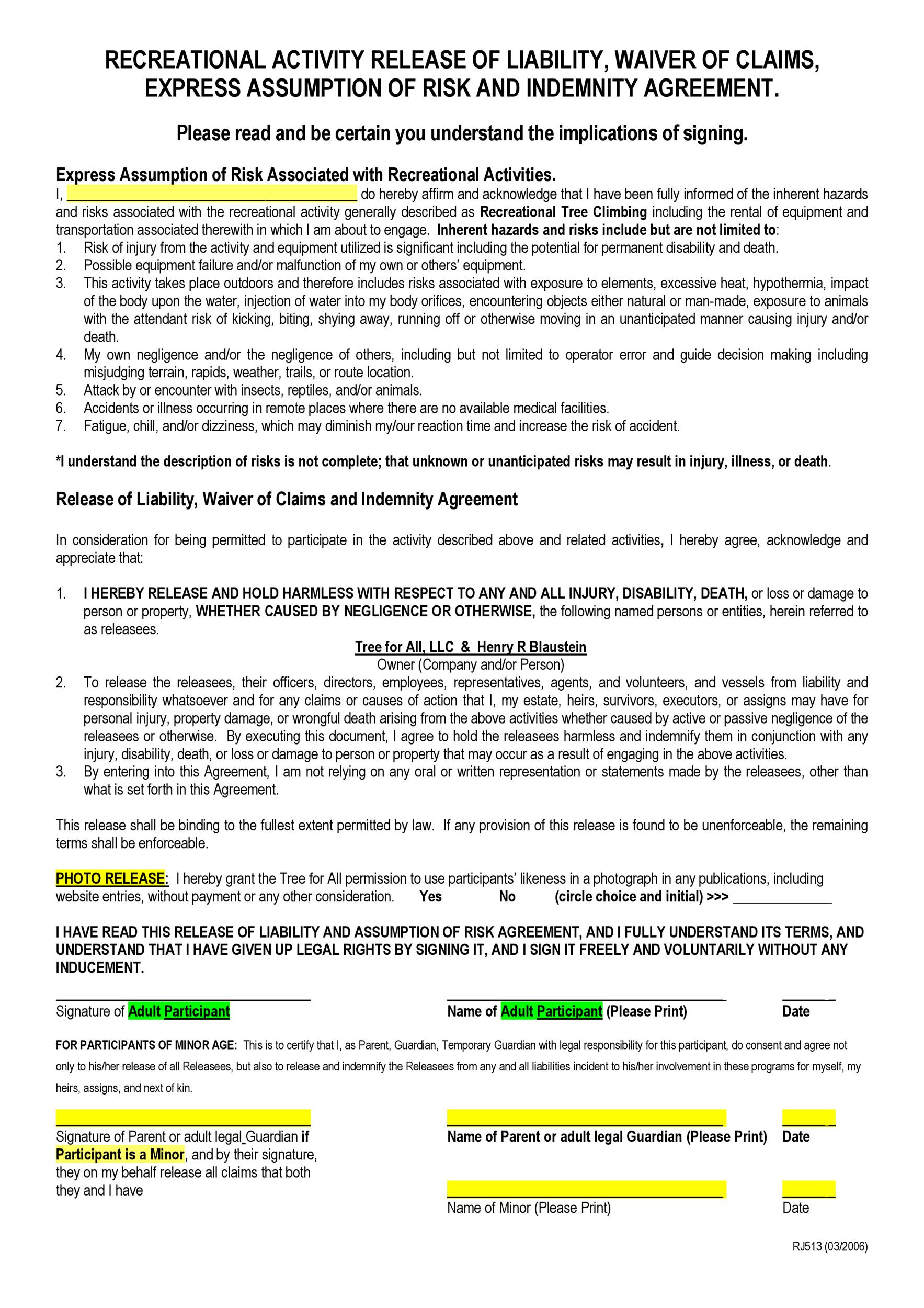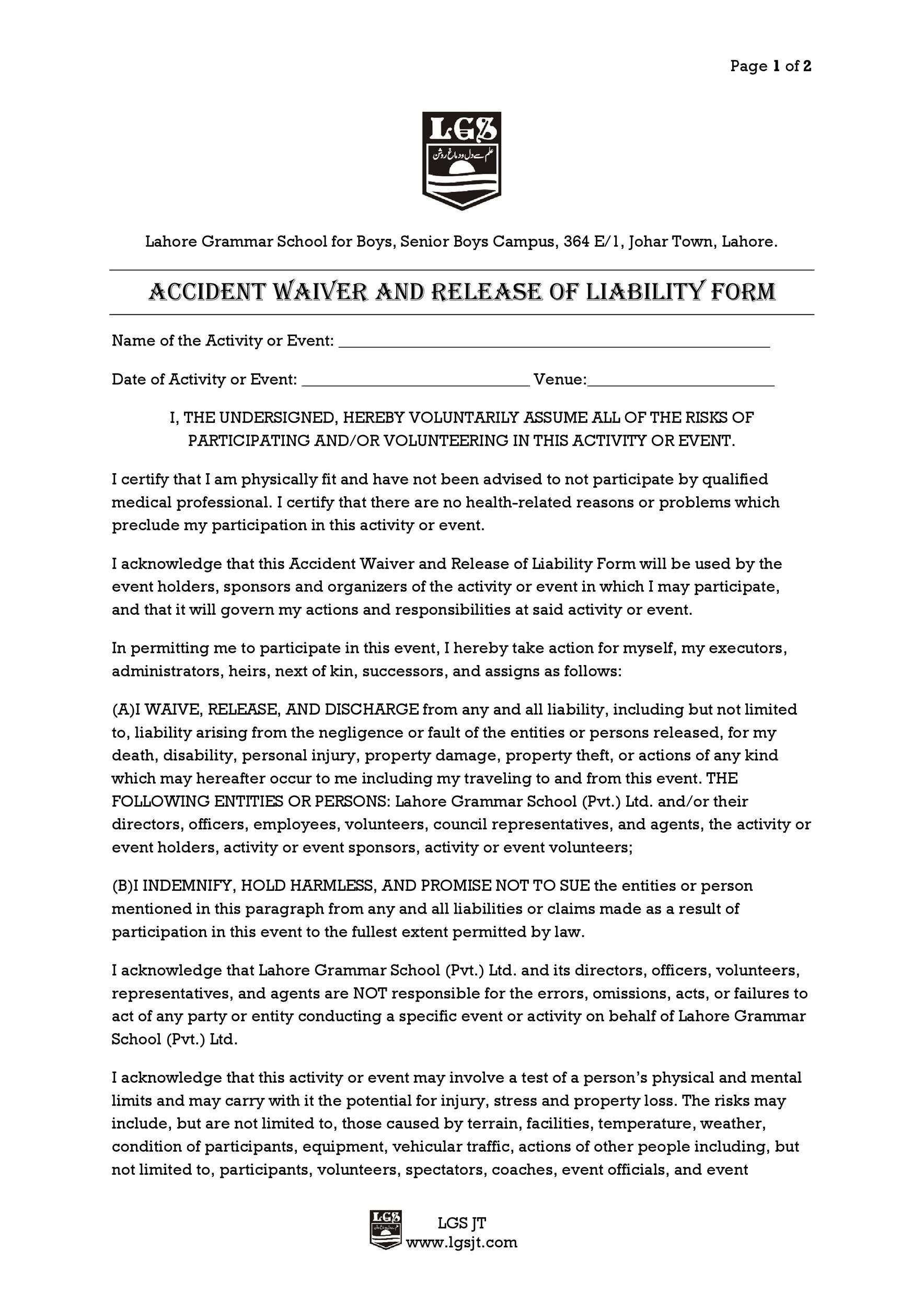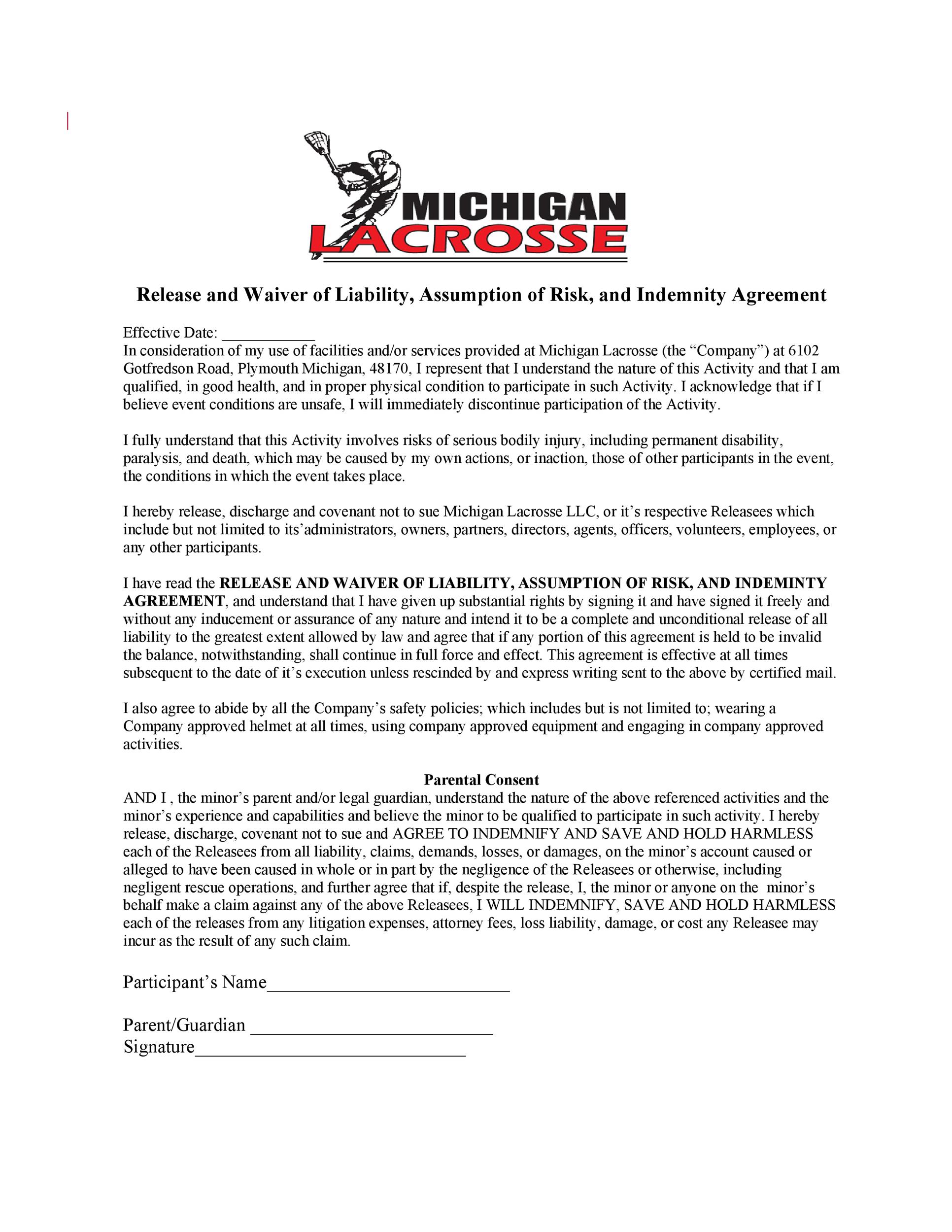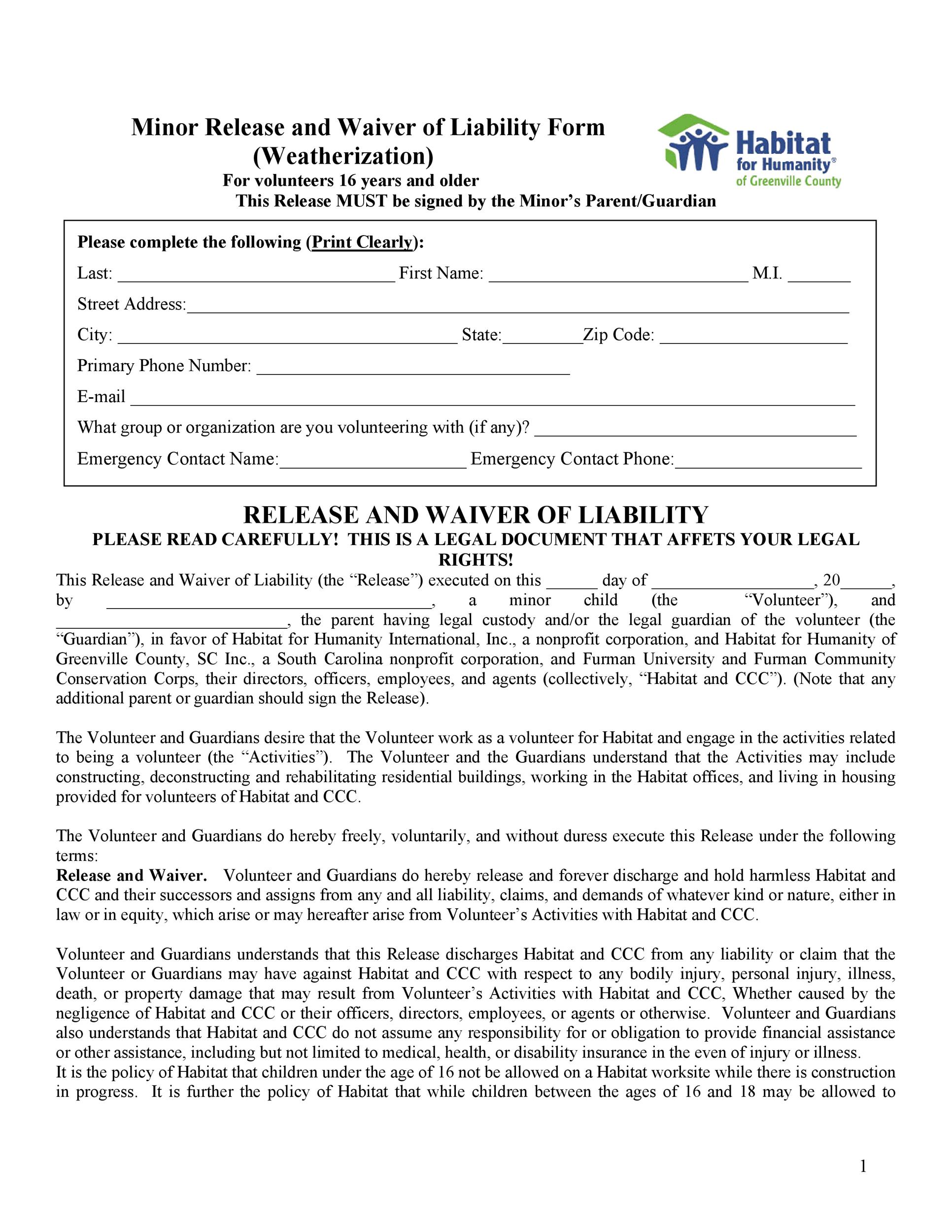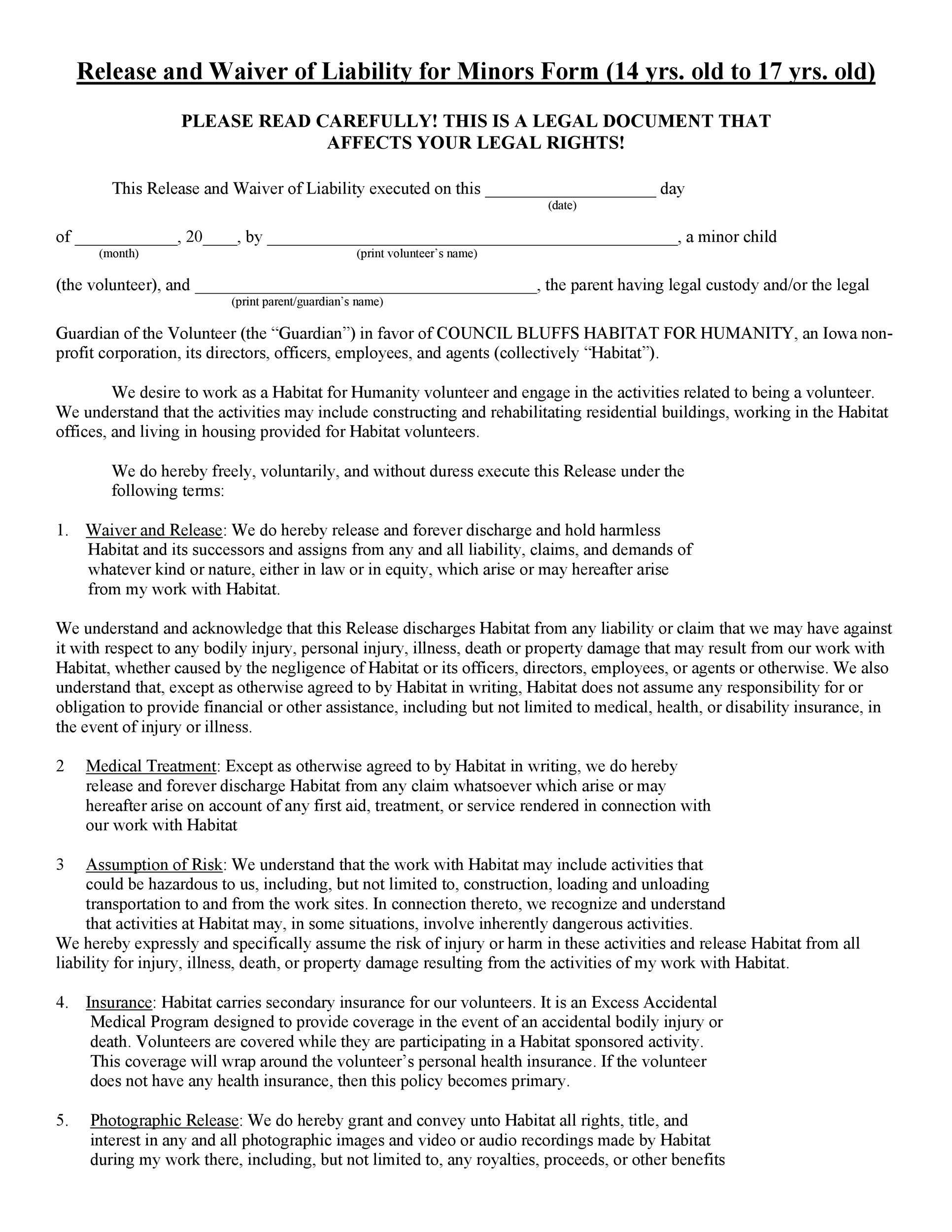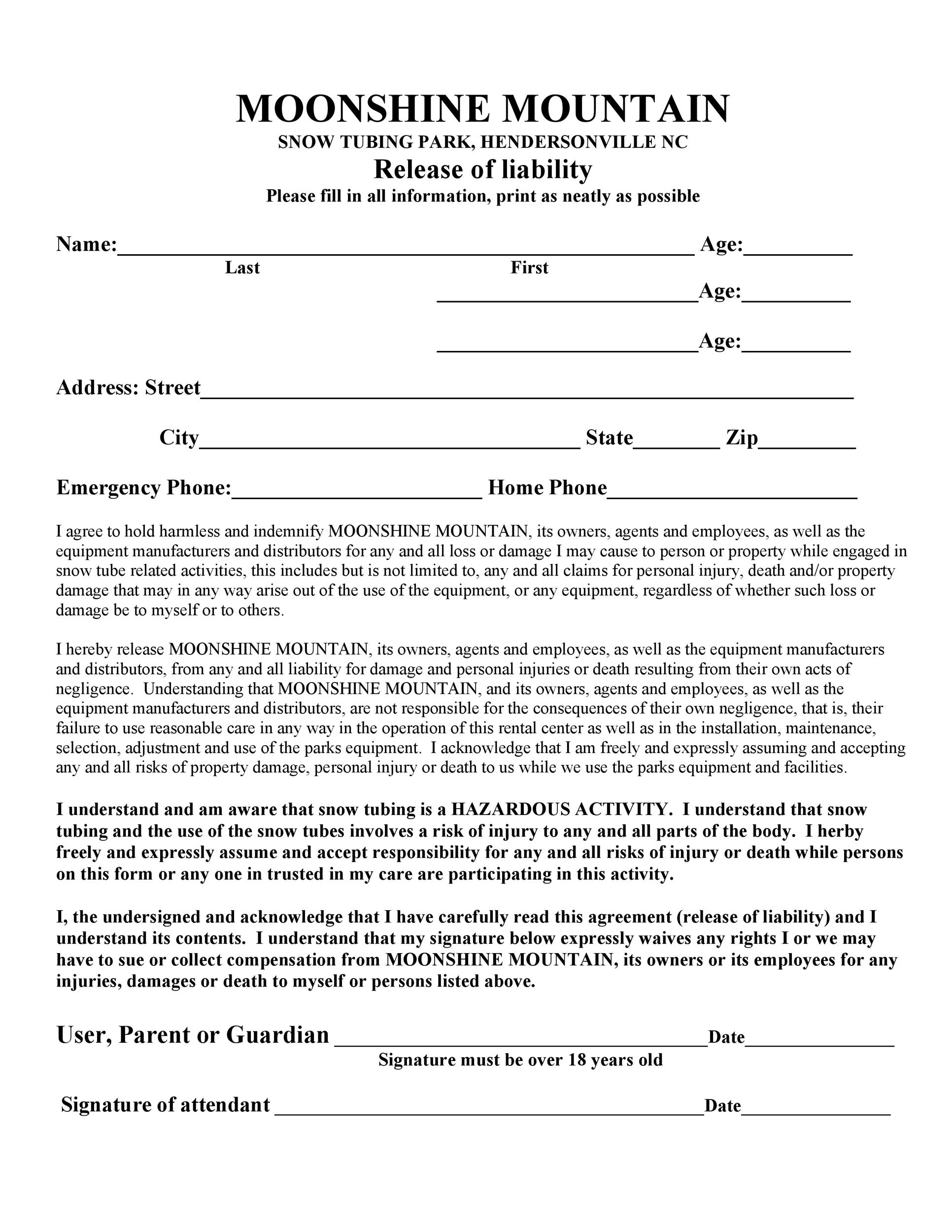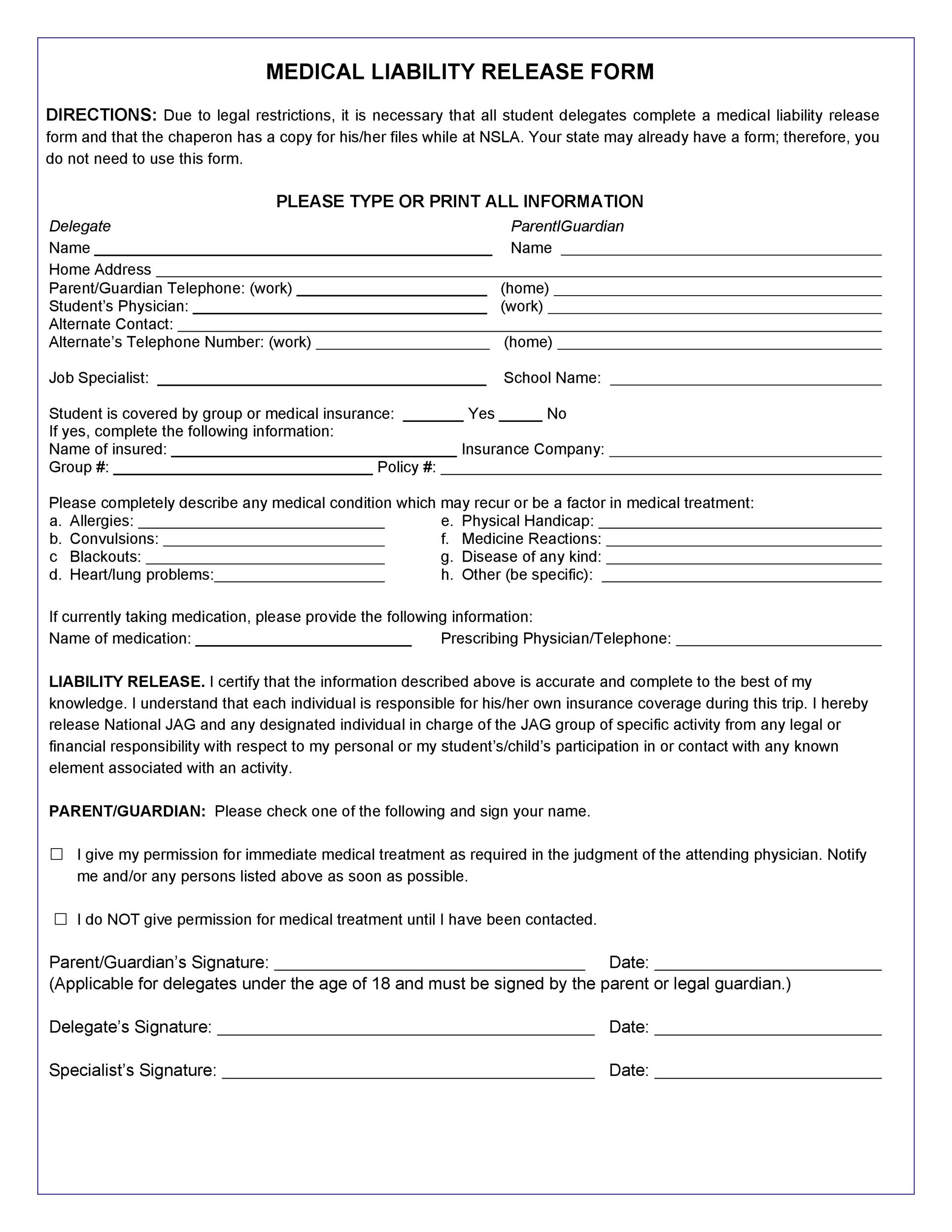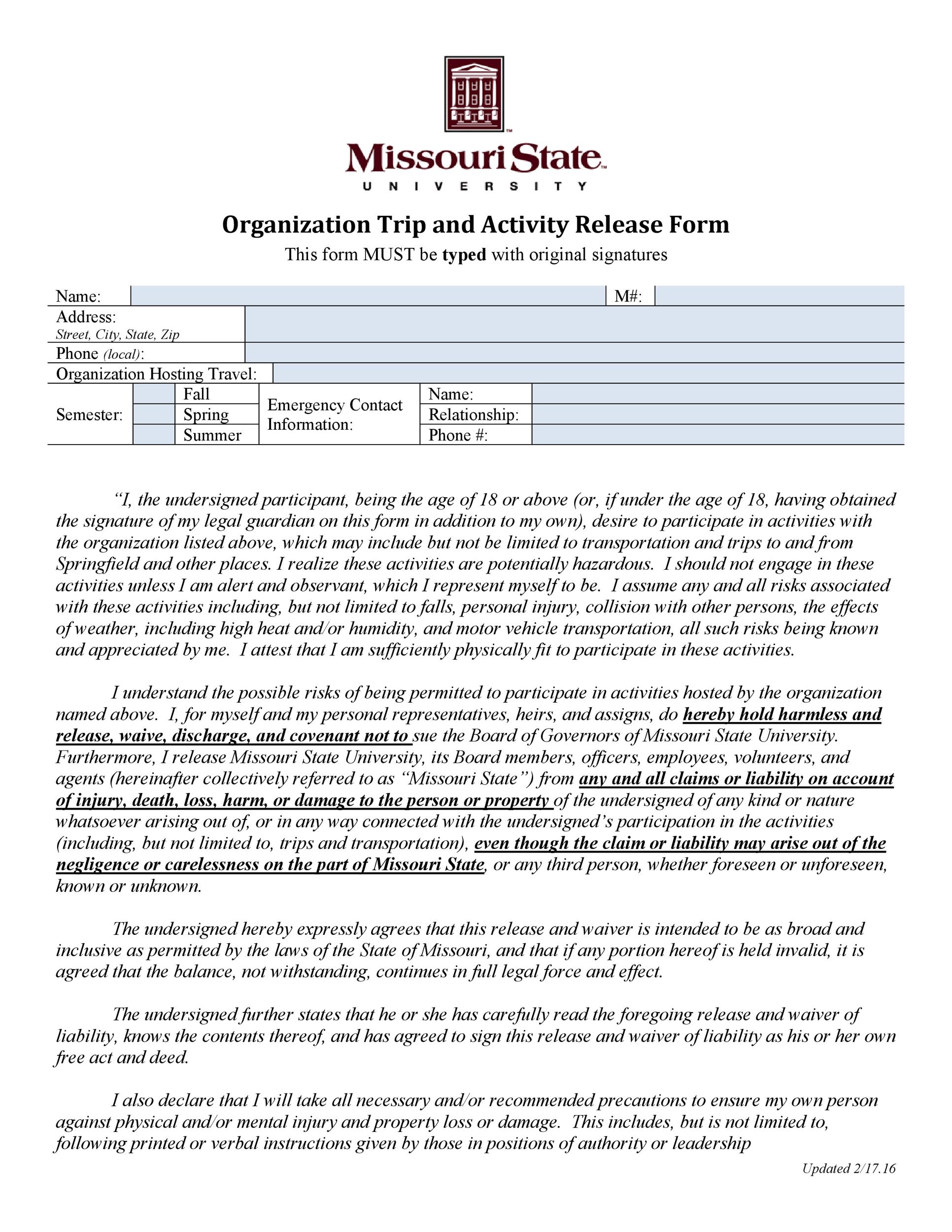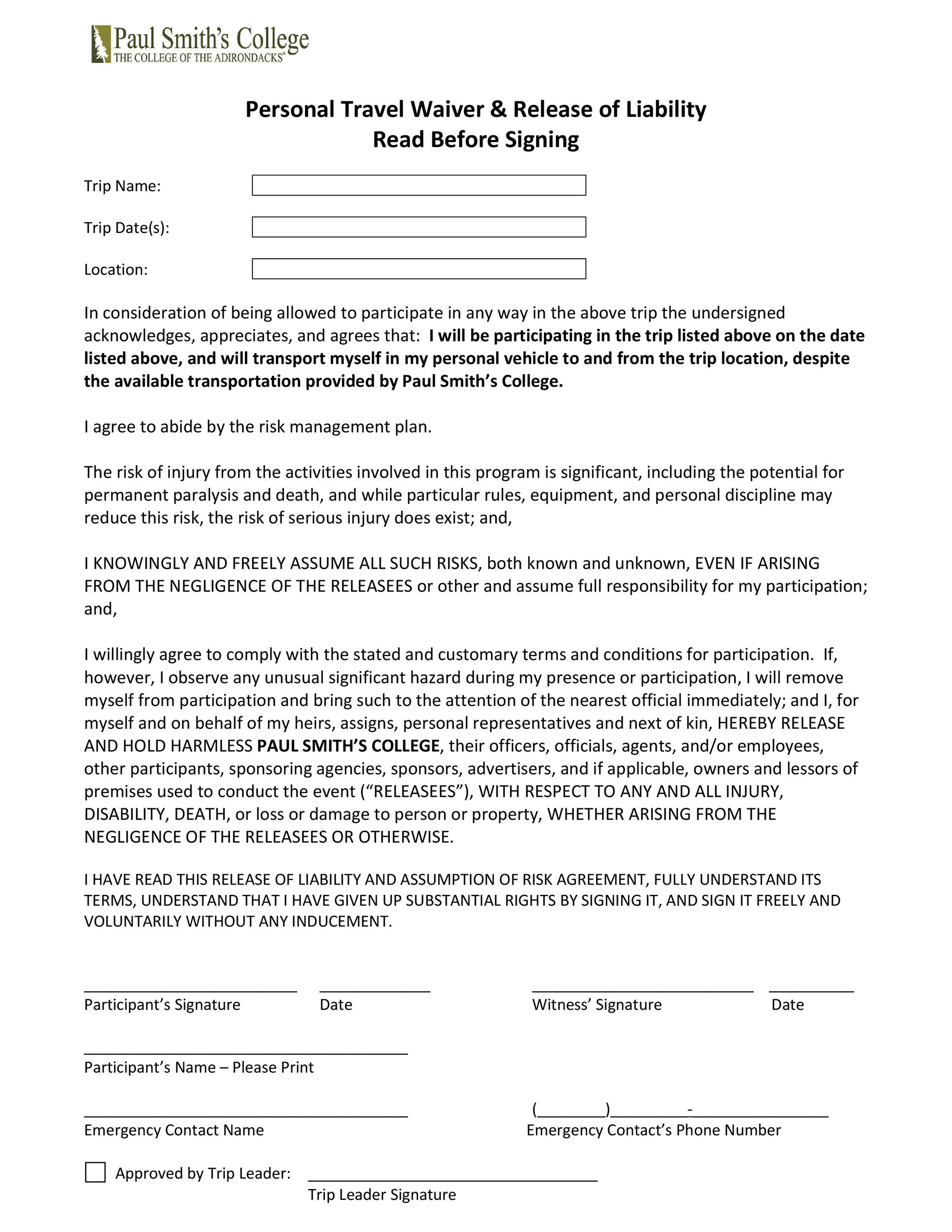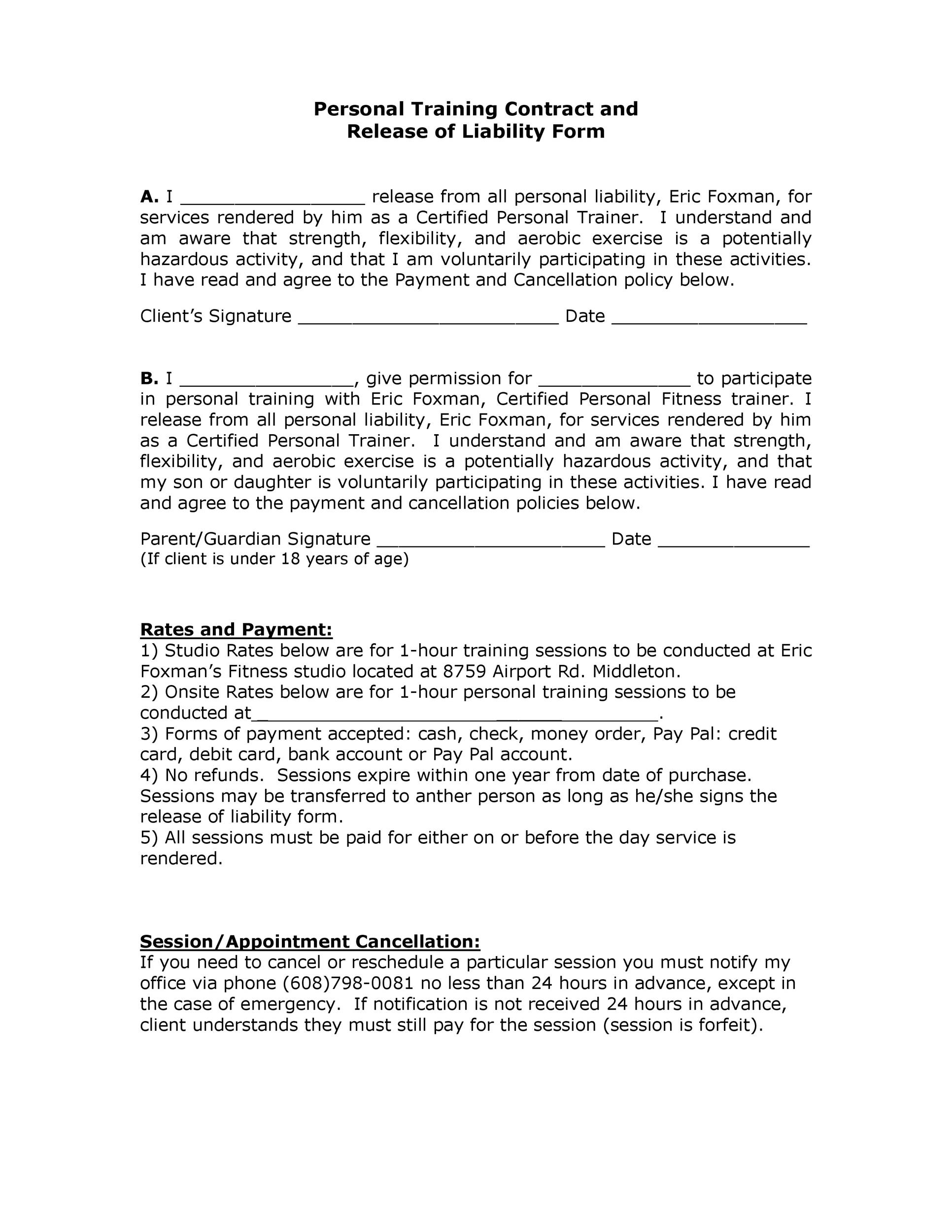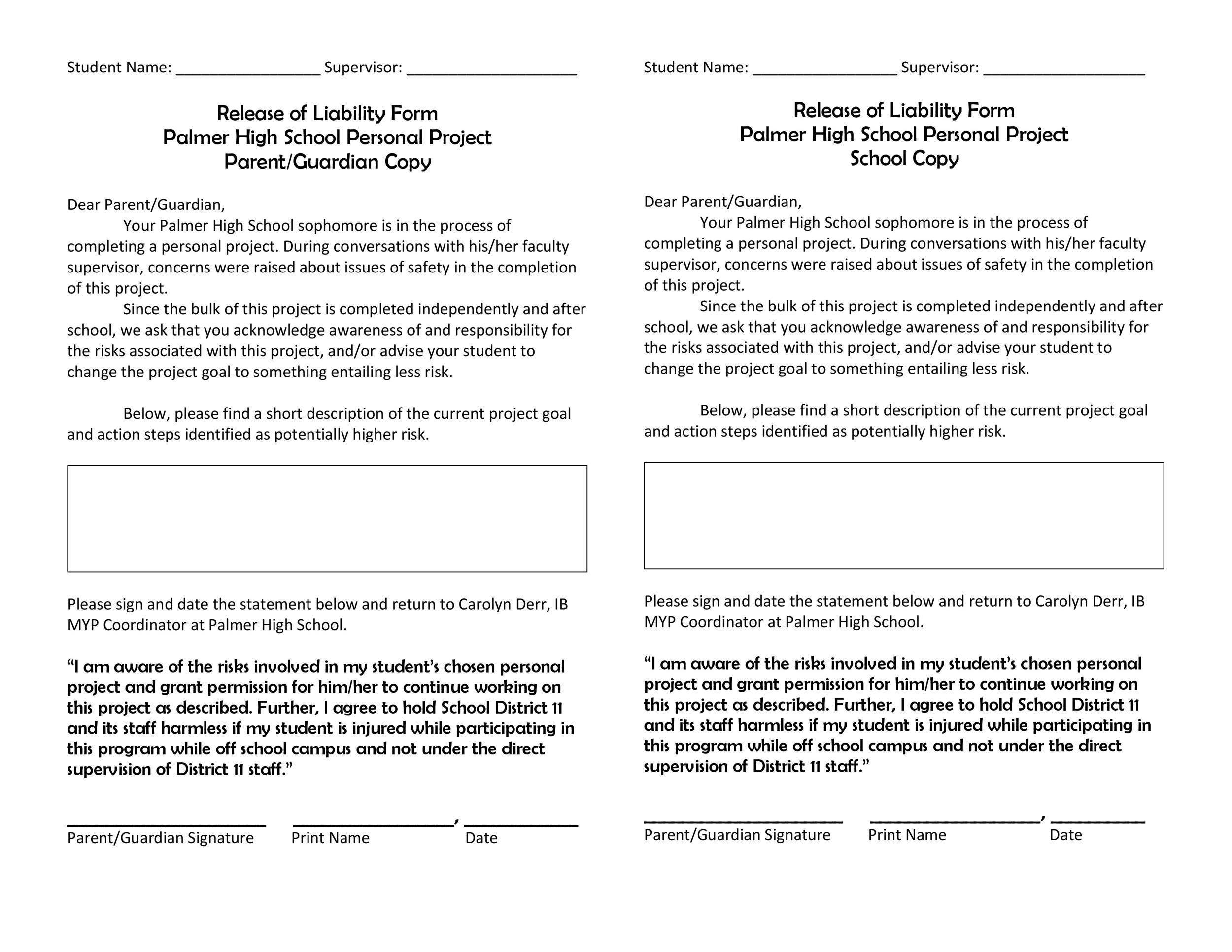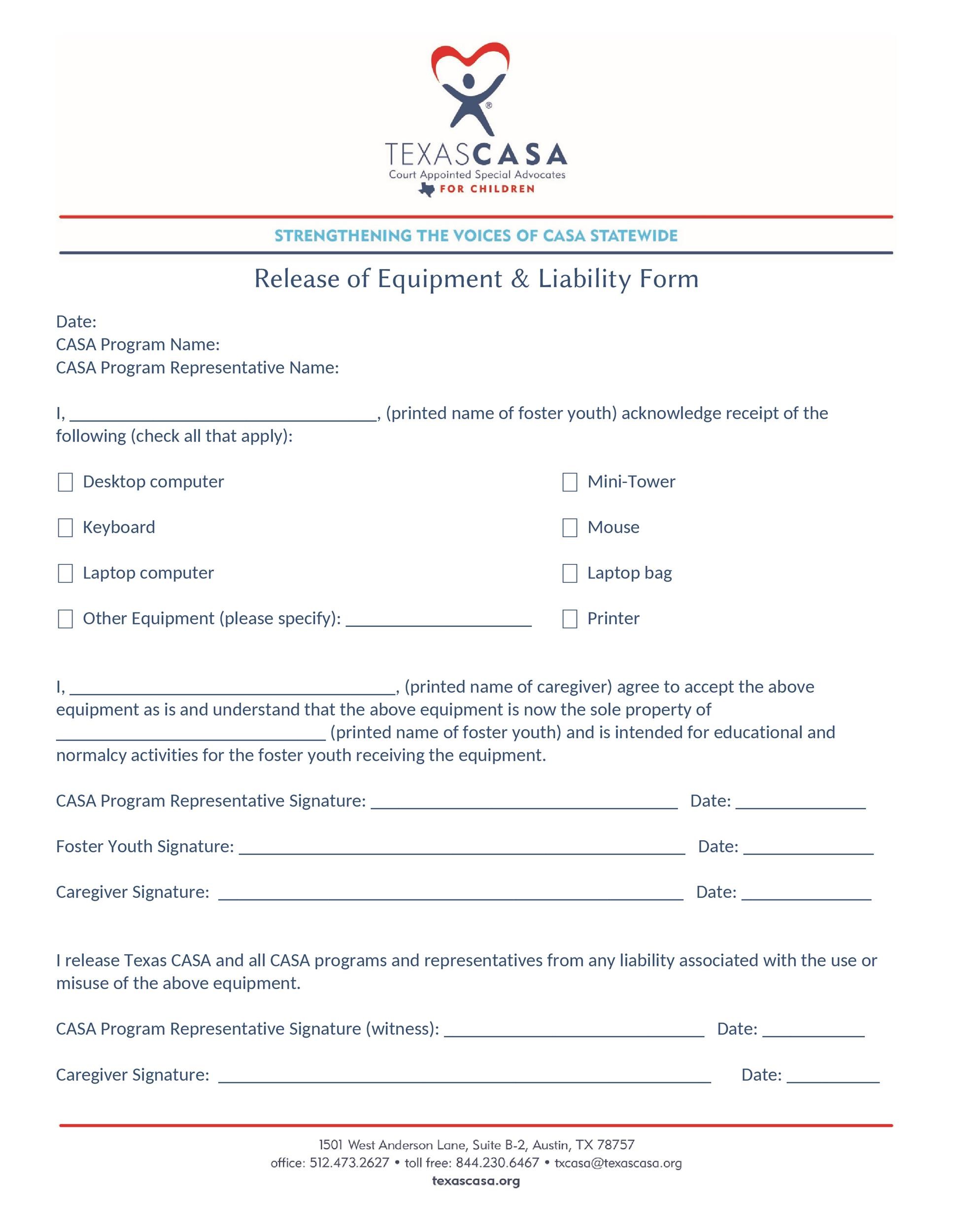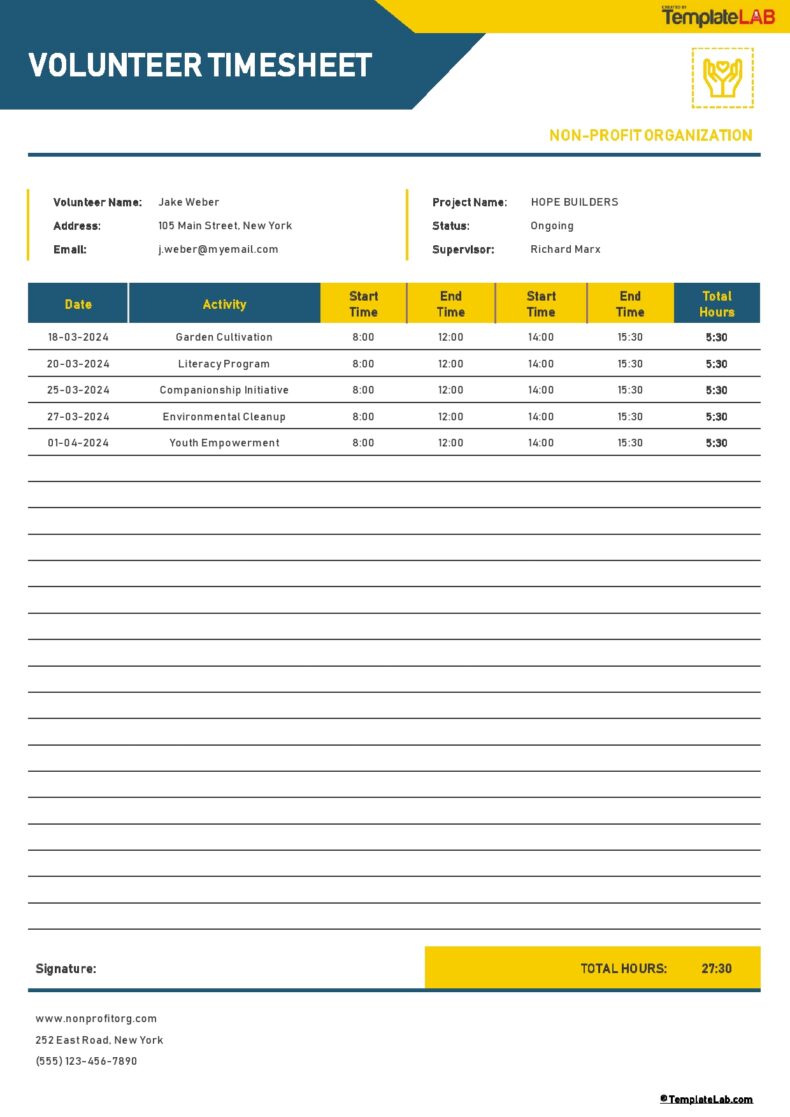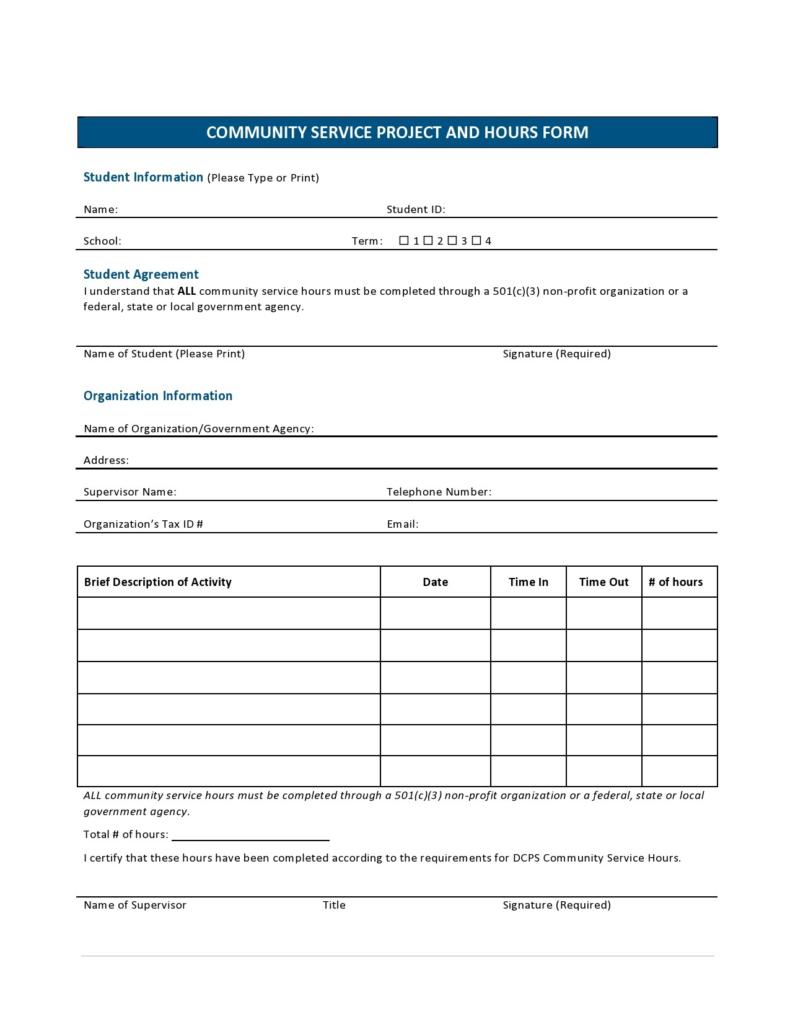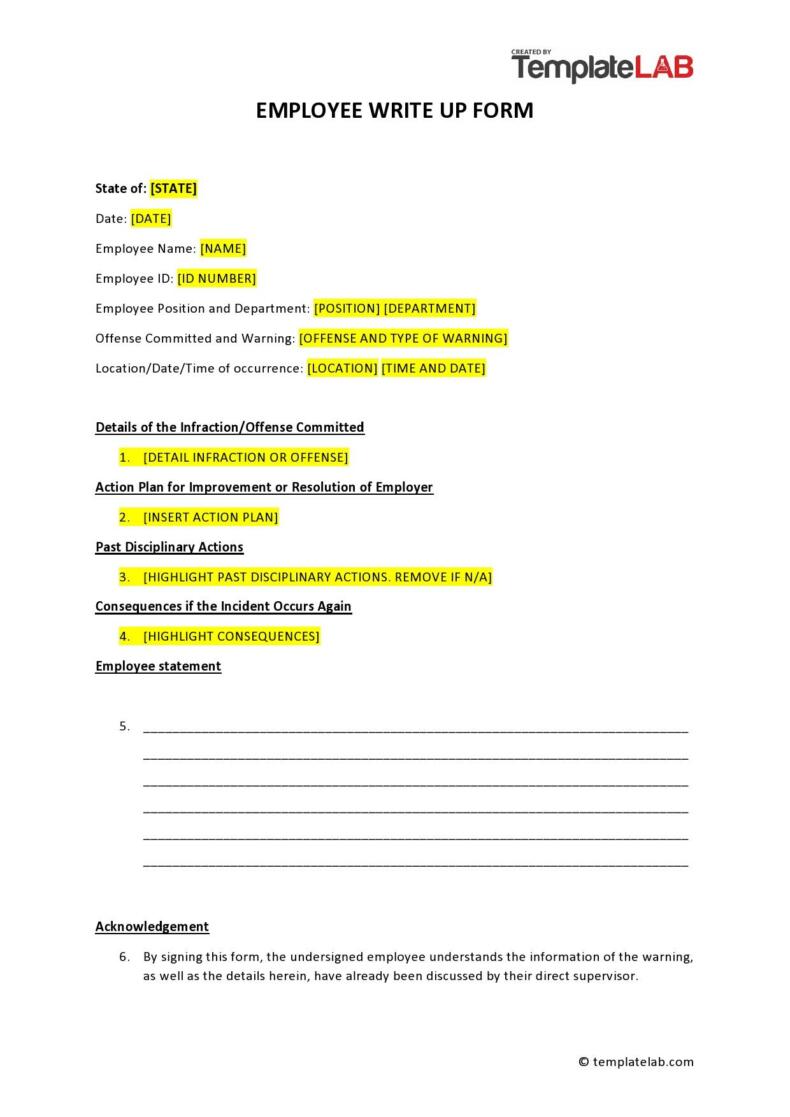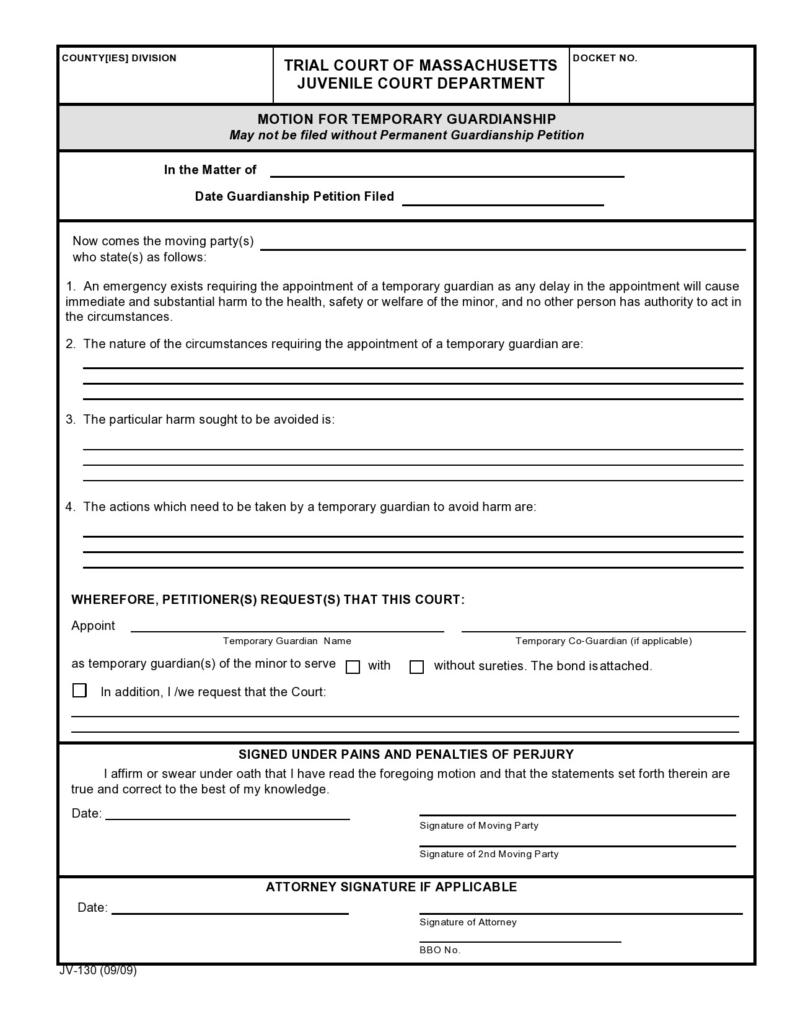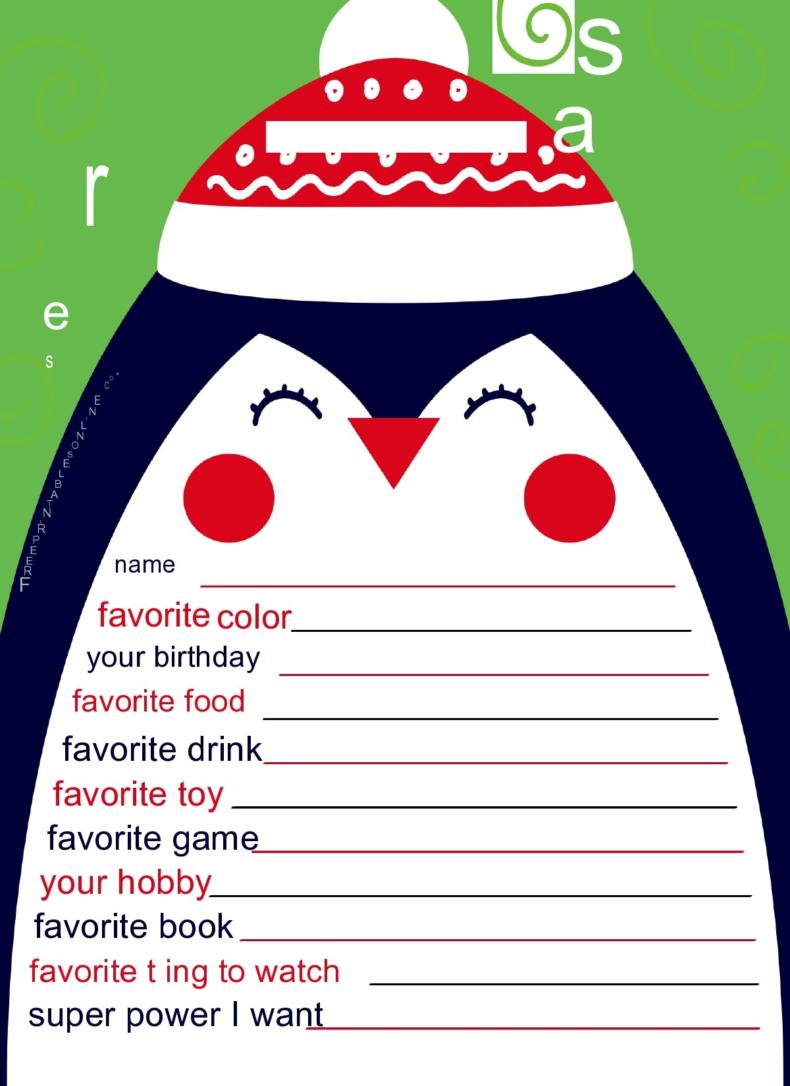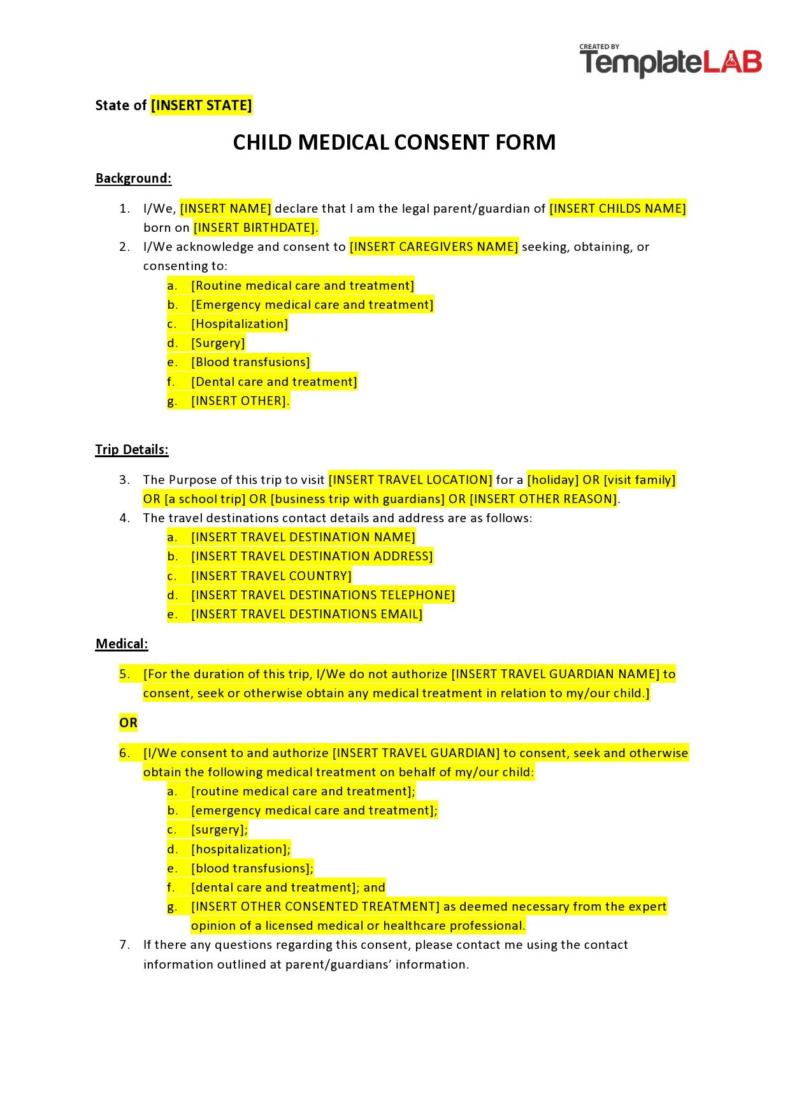When you are considering writing a liability release form, you might be tempted to just look at a non-liability agreement sample, but this might not be ideal for your needs. Generic printable waiver forms are not always the best choice for your template. You need to be sure that the liability forms template that you craft will serve the needs of your business or situation perfectly.
When creating a release of liability form for your use, you will need to be sure that you know everything about the process of creating this form. The more that you know about writing this kind of waiver, the more likely it will be that you can protect yourself from blame if an accident occurs. Having all the right sections in your liability waiver form can make the difference between it being useful when something goes wrong and not being protected from liability.
Table of Contents
- 1 Release Of Liability Forms
- 2 What Does A Liability Waiver Mean?
- 3 What Are the Kinds of Liability Waiver Form
- 4 Waivers Of Liability Statement
- 5 Do Liability Waivers Protect You?
- 6 Liability Waiver Templates
- 7 How Do You Write a Release of Liability?
- 8 How Should You Fill in The Liability Waiver Form?
- 9 Liability Waiver Forms Are Key Business Documents
Release Of Liability Forms
What Does A Liability Waiver Mean?
The liability waiver form is a document that is used to protect someone against future legal claims that might arise due to accidents or actions that take place related to an activity. There are two parties involved in this form, the releasor, and the releasee. The releasor is the party that releases the other, and the releasee is the party that is released from accountability.
This form is critical for many businesses because it protects them from being sued if someone gets hurt while they are on their property or engaged in an activity. This form can also be used after an accident or written related to a debt. The form needs to include all the right parts for it to hold up in court and protect you from being blamed for harm that occurred when someone is engaged in an activity associated with your business or your possessions.
There are various names that this form goes by and these forms are also legally recognized. You can use these terms interchangeably when talking about this document:
- Liability Waiver
- Waiver of Liability
- Liability Release Form
- General Release of Liability Form
There are various kinds of this form, and you need to know which kind applies to your business or personal needs. Choosing the wrong kind of liability waiver can make your signed waiver invalid if an accident occurs.
What Are the Kinds of Liability Waiver Form
These are the most common types of liability waiver forms:
- HIPAA Medical Release Form. This form is used to protect doctors and medical institutions from retaliation if they share patient information with parties that patients have said can have access to them.
- Lien Release Form. This form is used to remove a lien on a property related to a debt, and it does count as a liability waiver form.
- Print Release Form. This form is typically used for organizations that allow other parties to use or publish their media.
- Model Release Form. This is a liability waiver form that allows a photographer to use a model’s image in print or even art forms.
- Car Accident Release Form. This liability waiver form settles damages and protects parties involved in an accident for fault in a motor vehicle claim. This form is used for legal or monetary claims.
- General Liability Waiver Form. The general liability waiver form is used for all kinds of different situations where risk might be involved. Even if you just want parties that come on your property to release you from liability if they should slip or fall or have some other kind of accident. You can make this general form suit your needs perfectly.
Waivers Of Liability Statement
Do Liability Waivers Protect You?
Liability waiver forms are necessary for many situations because they do protect you from liability. Liability waiver forms are necessary if you own a business, no matter if people who come to your business are put at some form of risk or not. Even if you just want to be released from blame if someone should trip or injure themselves, etc., on your property, a liability waiver form can take care of this need for you.
There are so many consequences that can come with being held liable for someone’s injuries or accidents. You might be required to pay their medical bills, which could amount to thousands of dollars. You might be sued and have to close your business. You could also suffer damage to your reputation in your community due to the impact of assuming liability for an accident that might not really have been your fault.
Liability waivers also protect you from long legal disputes with a party that believes that you allowed them to be injured while on your property. Legal fees for these kinds of disputes are often quite high, and this can be so expensive that many businesses are forced to close their doors. These kinds of lawsuits can also drag on for years and years, which is something that no business owner wants to deal with.
Liability waiver forms protect you from monetary damages, and they offer personal legal protections that you could not law claim to if there was no such waiver in place at the time that an accident occurs.
Liability Waiver Templates
How Do You Write a Release of Liability?
This form must include all the right information to be legally valid. You cannot leave out any of the critical parts of this form if you want it to hold up in court. Remember that this form is your main protection against retaliation which can be really expensive, as well as really frustrating. The kind of damage that your business can suffer related to someone’s injuries that happened on your property can be hard to recover from. You will want your release of liability form to cover all your bases for so many reasons.
- Names of the Parties Involved. The releasor and their address and phone number need to be on the liability waiver form. The releasee’s address and phone number also need to be on your waiver. You need to be sure as well that both parties are named correctly and that their full legal names are on the form. You cannot trust this form to hold up in court if the incorrect parties are named on the liability waiver.
- Effective Date. The date that the waiver goes into effect needs to be on the form. You might also want to indicate if there is a date that the waiver will no longer be in effect as well. This is not usually necessary, but you should include all the information that is necessary to make the date portion of the waiver accurate.
- Incident information. The details of the injury, the debt, or the accidents that are covered under the form need to be listed here. You might have many different specific scenarios that you are interested in calling out in specific, but many of these forms just generally refer to all injuries and physical harm. The more specific the actions that are taking place on your property, the more specific your form will need to be.
If you are worried about general protection for your business, you need to be sure that you make the language of this part of the form as generic as necessary to cover all of your bases. As a rule, you will need to be sure that all kinds of accidents that could occur are covered and that you are protected from all eventualities. This is especially true if you operate a business that exposes people to risk as part of the activity itself.
This is the most important part of your form if you operate a business that might cause harm to people. Extreme adventure or touring companies, skydiving businesses, and other kinds of companies that expose people to lots of risks will need this part of their liability waiver to be as thorough as possible.
This is the part of your contract that can benefit from being reviewed by a legal expert. You might not be able to think of all the right information to include in this part of the document to ensure your legal protection since you have probably not experienced all the possible negative outcomes that could come from operating your business. - Governing Laws. This part of your contract will need to state the laws that provide for your protection when this waiver has been signed by both you and your clients. Governing laws might be national laws, or they could be local state laws. Any law that is involved in your protection if an accident should occur needs to be called out in this section of your waiver. These references will make it clear to anyone considering contesting your form that there are governing laws that might prevent them from going after you with a lawsuit.
While these governing laws might not provide for all eventualities, they can protect you from people seeking to bring suit against you because they are not aware that there are legal protections that are already in place for your kind of business. While the parties that might want to sue you should be doing so with the help of a lawyer, the fact that the person who was injured was told that there were legal protections for this eventuality before they decided to partake in any activity that might cause them harm. - Signature Section. No legal contract is binding without signatures. This means that both you and the party releasing liability need to sign and date their signature line when they do so. This is the binding step that makes the contract viable and effective if it should need to be used to protect your rights down the road. Missing this important step can cause havoc later on in the future, and you need to be sure that you do not skip this critical step in the waiver process.
How Should You Fill in The Liability Waiver Form?
If you need to fill out this form for your business, make sure that you and the person signing it are correctly named and that all of your information is listed on the form. It is a good idea to verbally cover the language in the form in a more general way so that the party that is signing is aware of what they are promising to release you from should an accident occur. You should also be sure that you allow the other party time to review the form and make sure that they don’t have any questions about signing it.
When someone feels coerced to sign a form, they can argue that they agreed to the liability waiver without their consent. This can make for a legal wrangle over this part of the process, and the fact that the form is signed might not be enough to release you from blame for anything that happened after the form was signed. Making sure that you are clear with the parties that are signing your liability waiver about what the waiver means can be very important in protecting your right to use the form in the future.
Liability Waiver Forms Are Key Business Documents
If you are worried that someone might be able to sue you if they get hurt on your property, you need to be sure that you have a quality liability waiver form template that everyone signs when they come on your property or engage in activities with your business. The better your waiver form is, the more likely it will be that you can protect yourself and your business from retaliation when something goes wrong or an accident occurs. Even being able to prove that someone had knowledge about what they were requesting your business to do for them can make all the difference if they decide to try to take legal action against you or your company.


